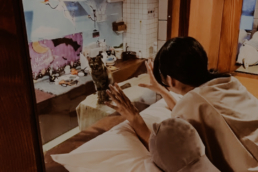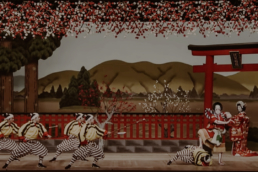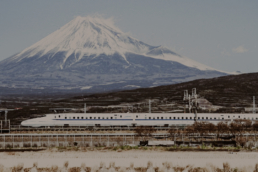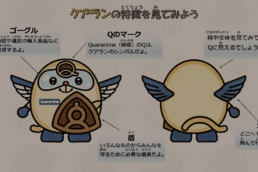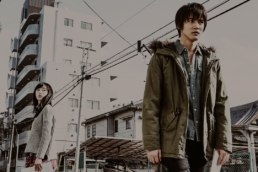Japan Italy: "An Italian in Japan" the serie - Saracchan
Saracchan e la sua esperienza
Written by: Erika
A few months ago we launched the column "An Italian in Japan" where we interview our compatriots in the land of the rising sun. Few succeed in realizing the dream of going to live in Japan and we want to share with you the experiences of those who have succeeded! Today we introduce you to Sara, another very Italian girl who lives and works in Japan!

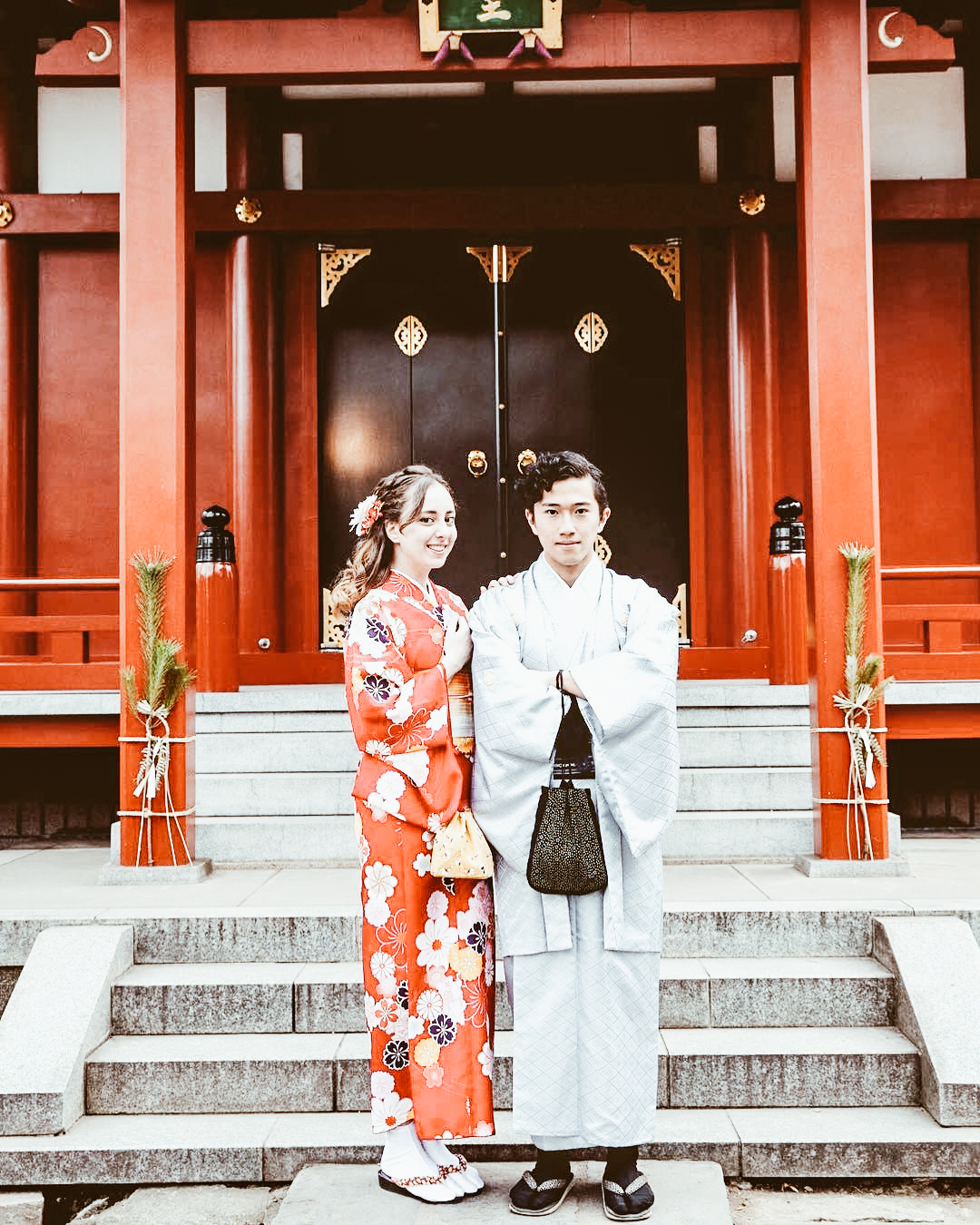
JIB: Tell us briefly about who you are
Saracchan: Good morning everyone! My name is Sara, I am 25 years old and I come from Milan, where I have lived for most of my life. I love playing the piano, studying Japanese, singing karaoke and doing hanami, meaning looking at cherry blossoms in full bloom. About three years ago, I embarked on an adventure that completely changed my life: I moved to Japan, where I still live, work and attend university.
Before moving to the land of the Rising Sun, I opened a Facebook page called Saracchan’s Japan, where I publish photos and videos for fans of this beautiful country. I also manage a personal profile on Instagram where I publish my daily adventures in Tokyo.
JIB: How did your passion for Japan come about?
Saracchan: My passion for Japan was born in a somewhat obvious way, so to speak, given that many people have recently approached this country in this way.
Perhaps some of you will remember that ten years ago, on MTV, some anime episodes were aired, including InuYasha. That day, after returning from high school, I decided to turn on channel 8 instead of watching the usual Simpson's cartoon. In that moment, I fell in love with this particular anime that told the tradition and history of Japan in a picturesque way. From that day on I started looking for more information on the internet and I was introduced to the world of manga and anime, which I began to read and watch assiduously. Through them, I created an image of Japan that made me dream, nevertheless for the language that sounded so fascinating and melodious. After that, after the anime and manga period, I approached culture and traditions and started studying the language on my own.
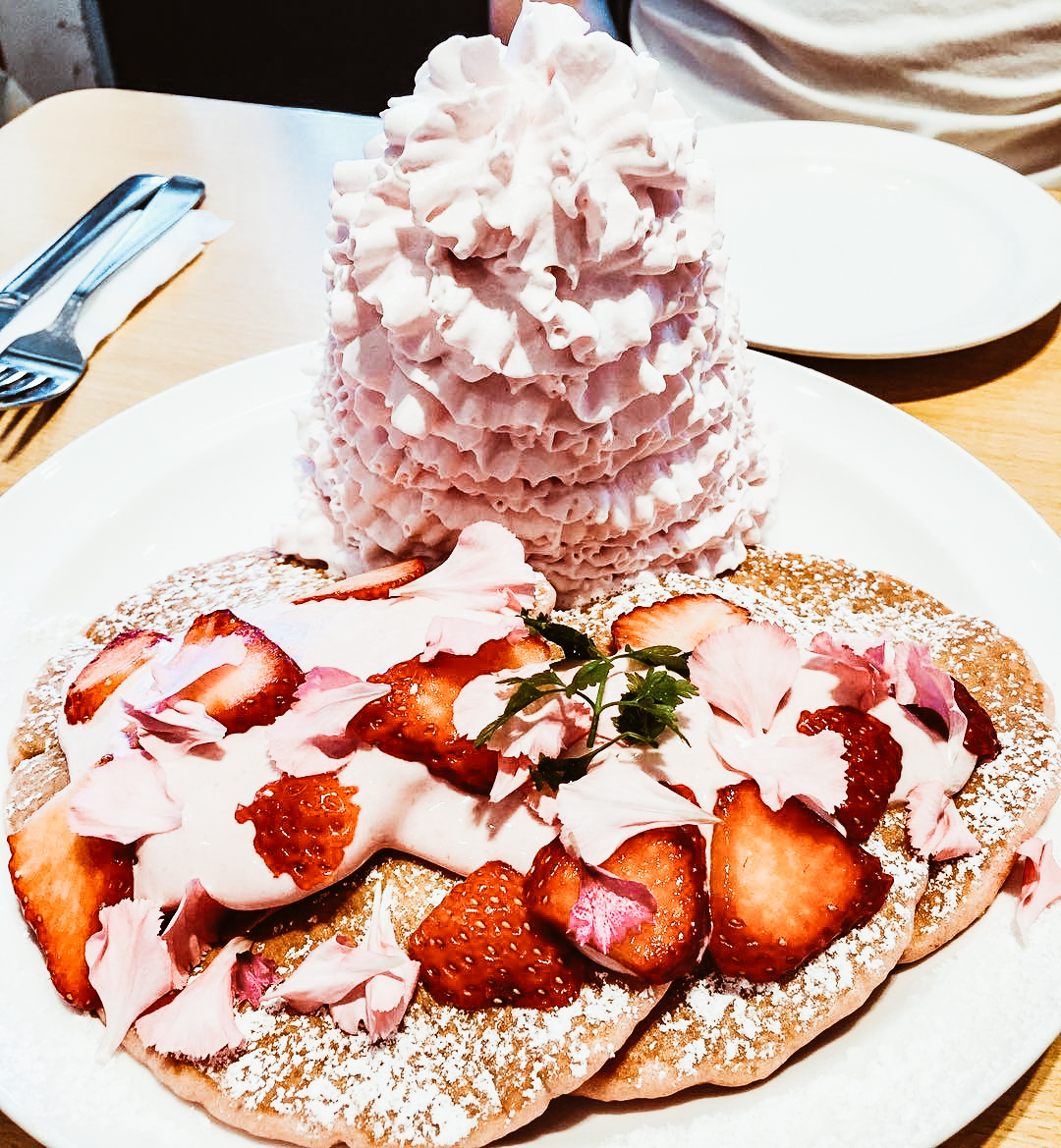

JIB: How long have you lived in Japan and why did you want to move to this country?
Saracchan: Considering all my experiences in Japan, I can say that I have lived in this wonderful country for about three and a half years. Although moving was a difficult journey, I can proudly say that I made my big dream come true. Note that by "difficult" I do not mean for bureaucratic issues, but precisely for the decision that led me to take this huge step.
In fact, after finishing high school I wanted to go absolutely to Tokyo to study Japanese but, for various reasons, I was "forced" to enroll in the biology faculty of Milan. Here I didn't feel fulfilled, I wasn't convinced that that was my way. One day, by chance, I happened to attend the presentation of the GoGoNihon agency in Milan, which opened the way for Japan to me. In fact, some time and some savings later, I enrolled in a language school in Takadanobaba, Tokyo, where I studied for one year, the most beautiful of my life. After that, after finishing my studies, I reluctantly returned to Milan, and I enrolled in the university of foreign languages (including Japanese) in Bergamo. However, my heart now belonged to Japan and so the following year I enrolled in the Faculty of Business Economics at a university in Saitama, near Tokyo, where I am still studying.
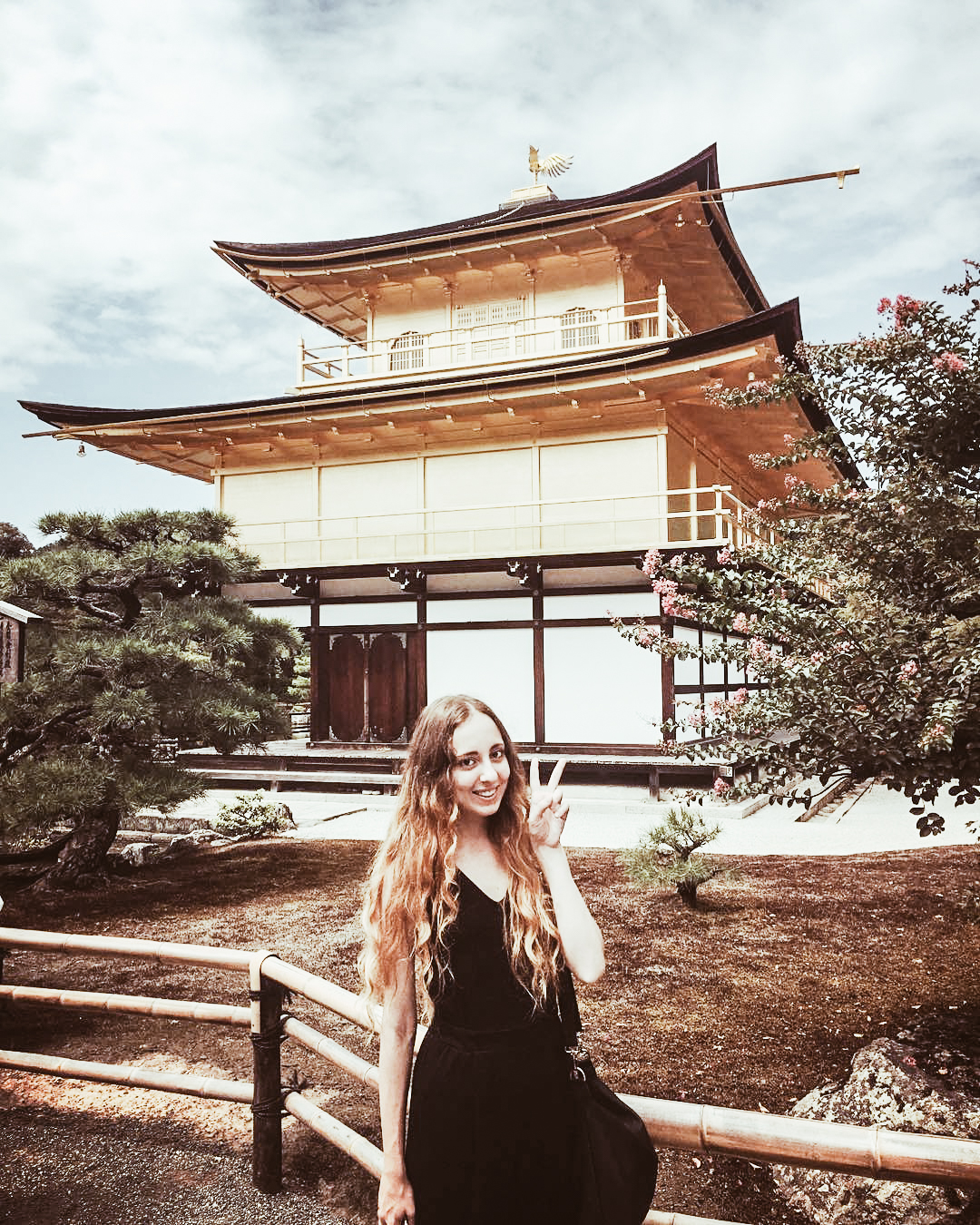
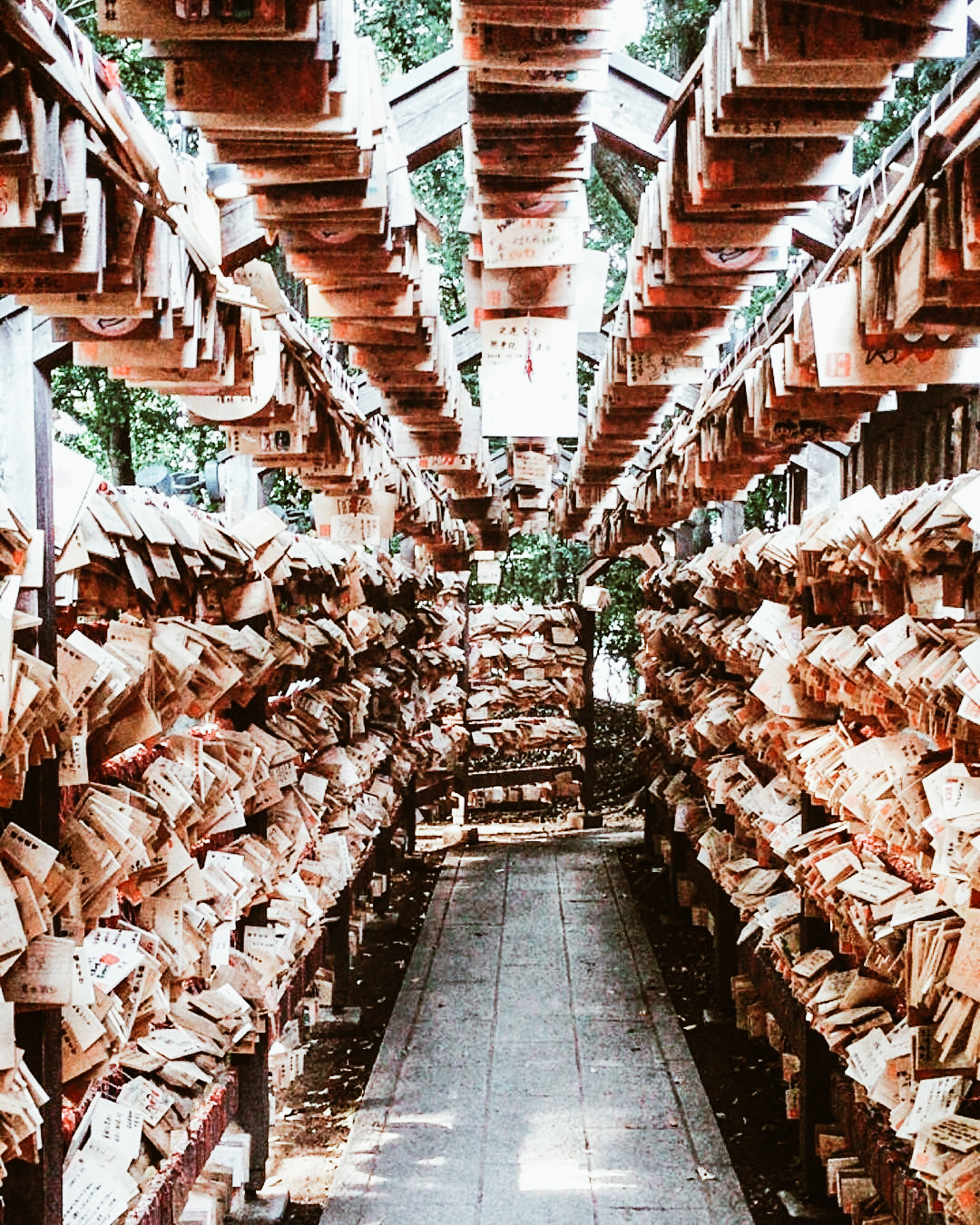
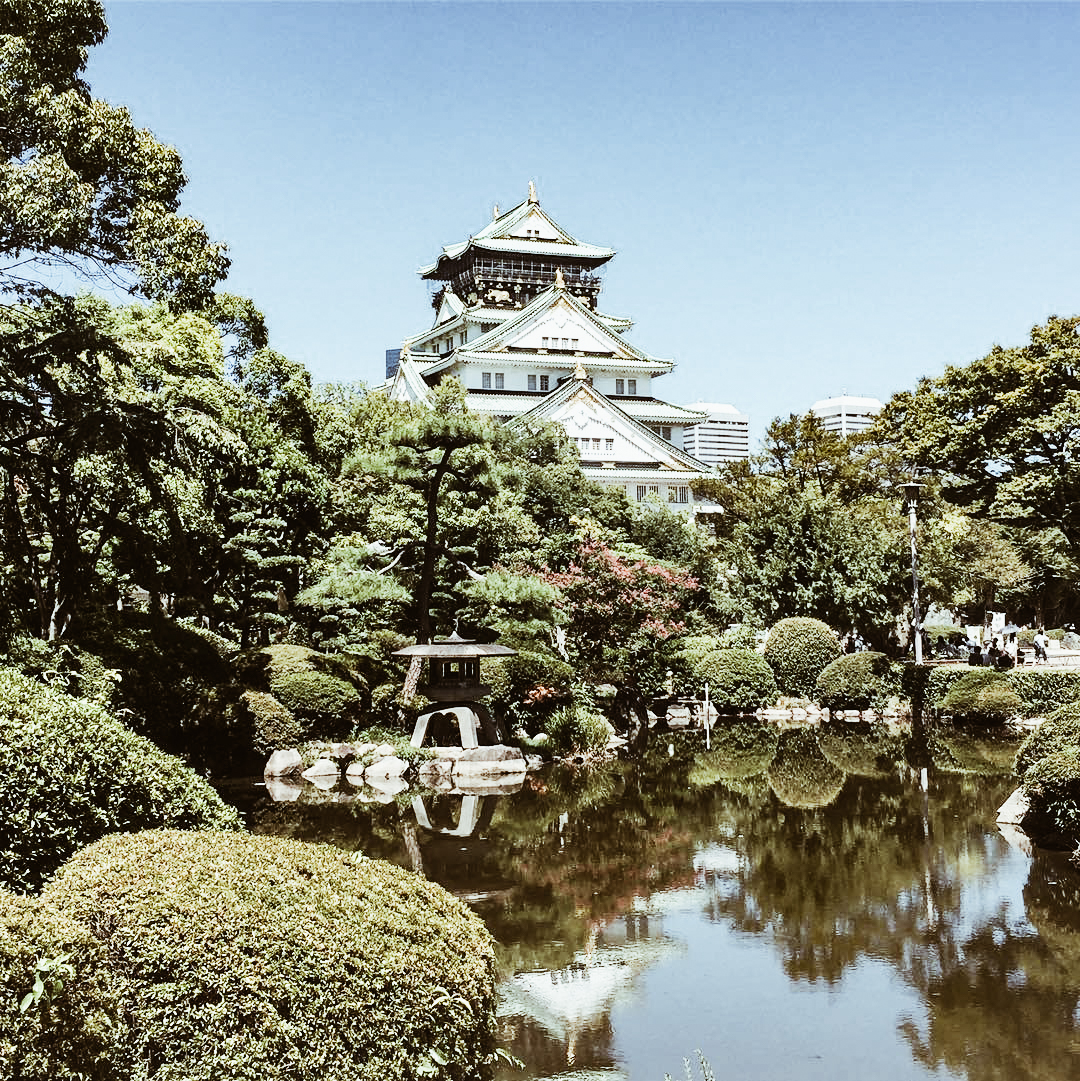
JIB: Tell us about one of the funniest experiences that have happened to you since you lived in Japan.
Saracchan: Japan has offered me and still offers me many wonderful experiences! Perhaps the first experience that comes to mind, linked to my initial year in Japan, was when a dear Japanese friend of mine invited me to spend New Year's Eve in the home of her grandparents in the countryside, with all her family. We cooked soba together, ate traditional Japanese food, put on the kimono and, at the stroke of midnight, drank hot sake in front of the bonfire, exchanging greetings for the new year. It was a truly unforgettable experience!
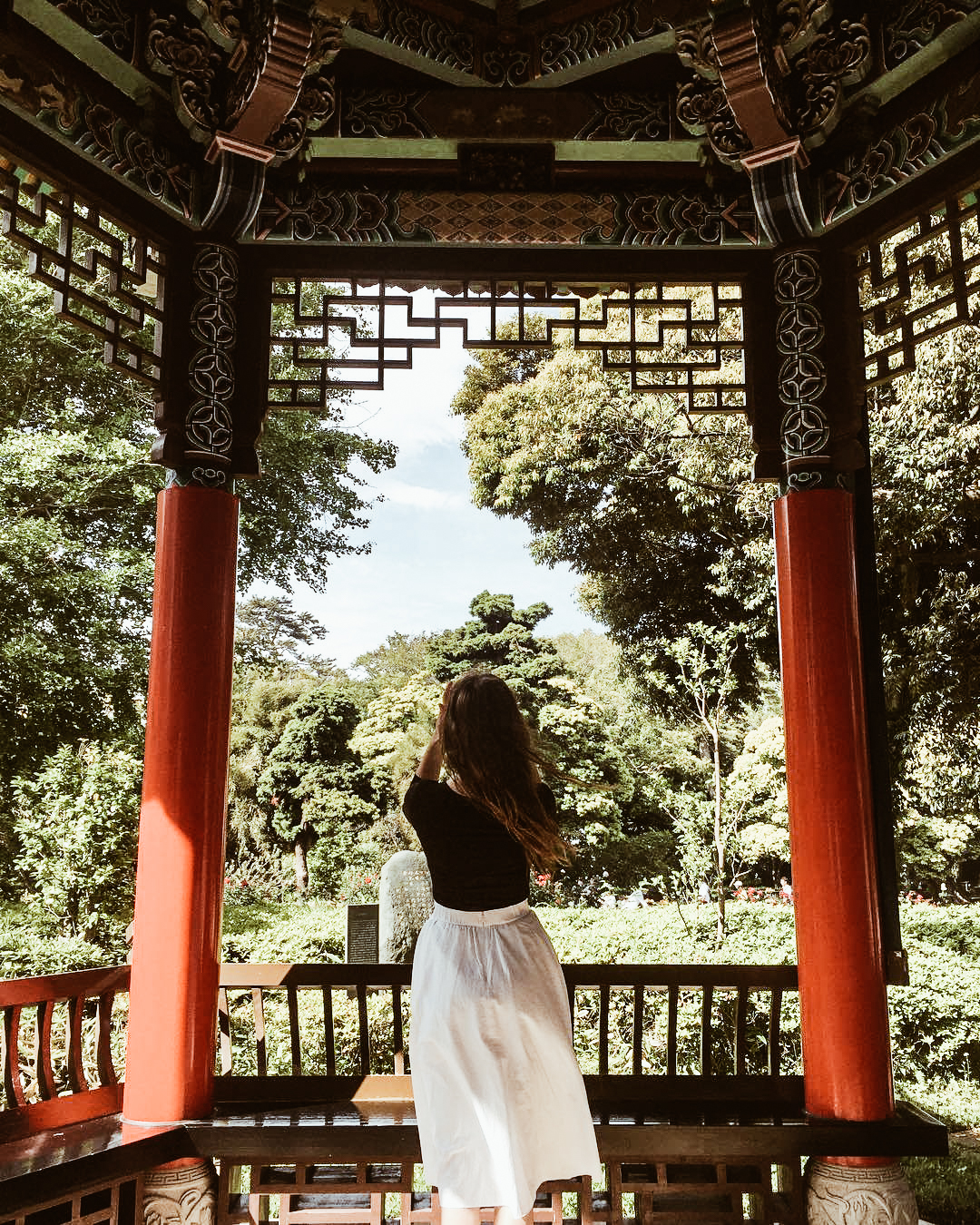
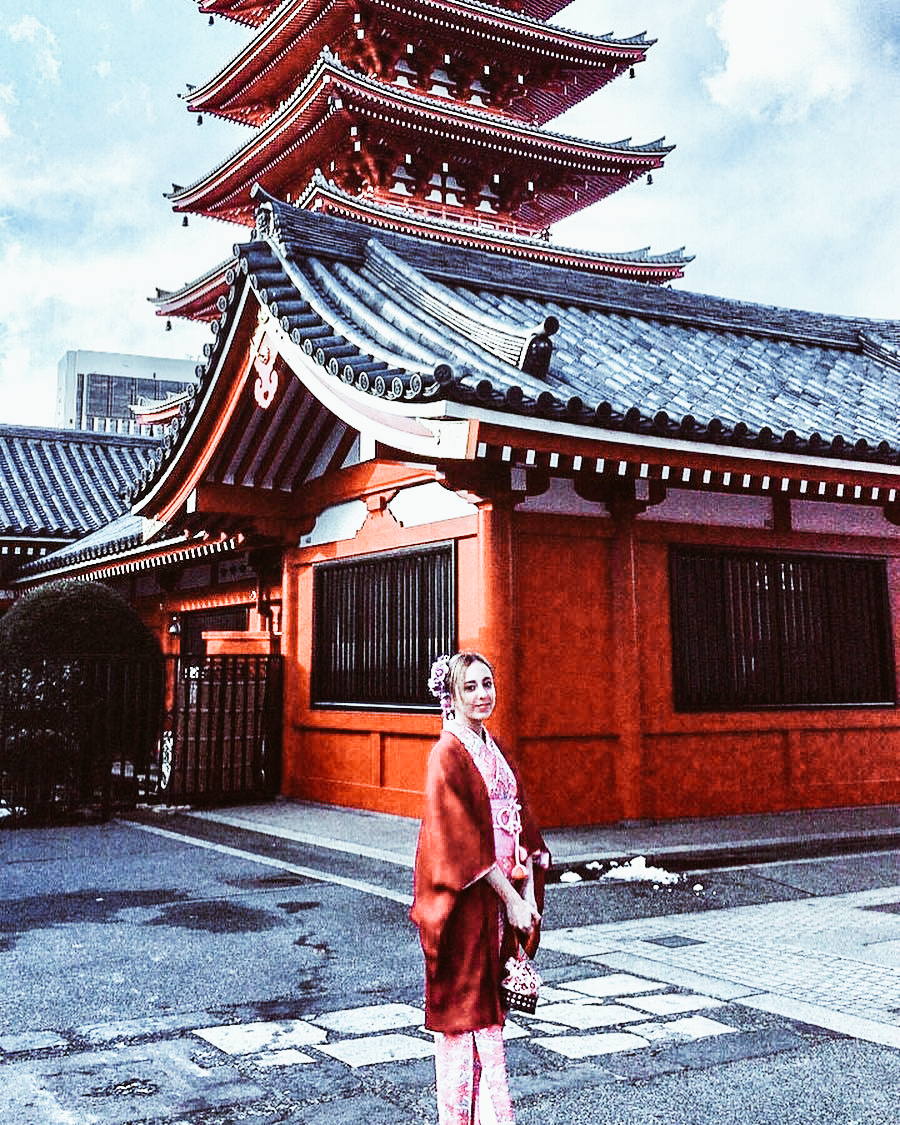
JIB: As a westerner, what are the difficulties and differences that you encountered in the early days in Japan?
Saracchan: Definitely the language! When I moved I knew how to say just a few simple sentences and, not knowing anyone yet, I had to do everything myself, from shopping to paperwork. Not to mention the millions of kanji that I saw every day and that made absolutely no sense to me. Furthermore, it was very difficult to orient myself with the numerous and very crowded subway lines, but they are all things that I have faced with determination and great curiosity.
JIB: In our opinion, Italy and Japan have a lot in common, tell us a little bit about your point of view on this topic.
Saracchan: I think Japan is a "western" country in Asia, in many aspects very close to our culture and way of thinking. However, I think it would be more correct to list the differences between the two countries since they differ on some important features of daily life. For example, Japan is different in the culture of work, the punctuality of trains, safety on the streets, the way of living relationships and so on. Japanese society is more focused on the common good, while Italian society, in my opinion, is more individualistic.
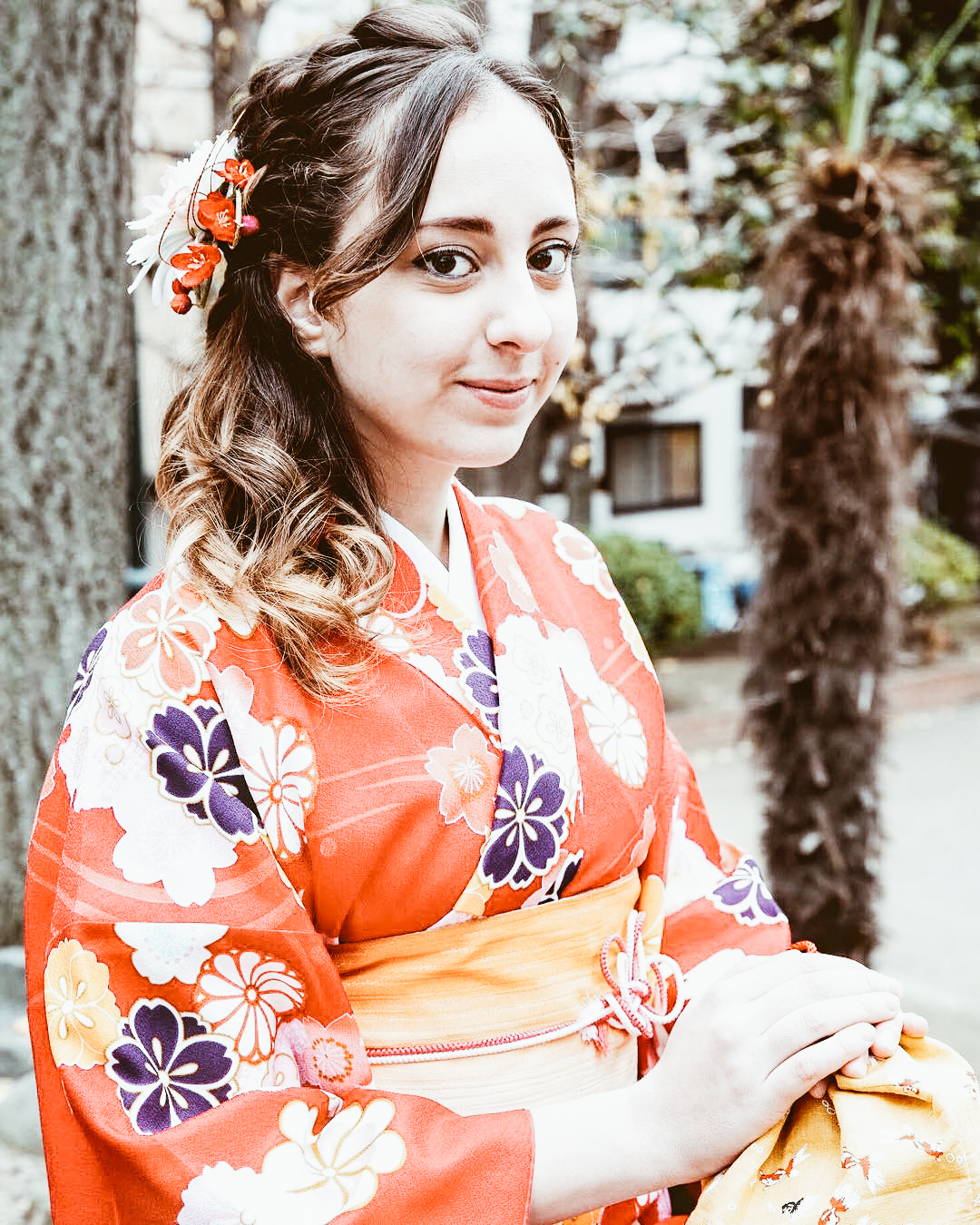
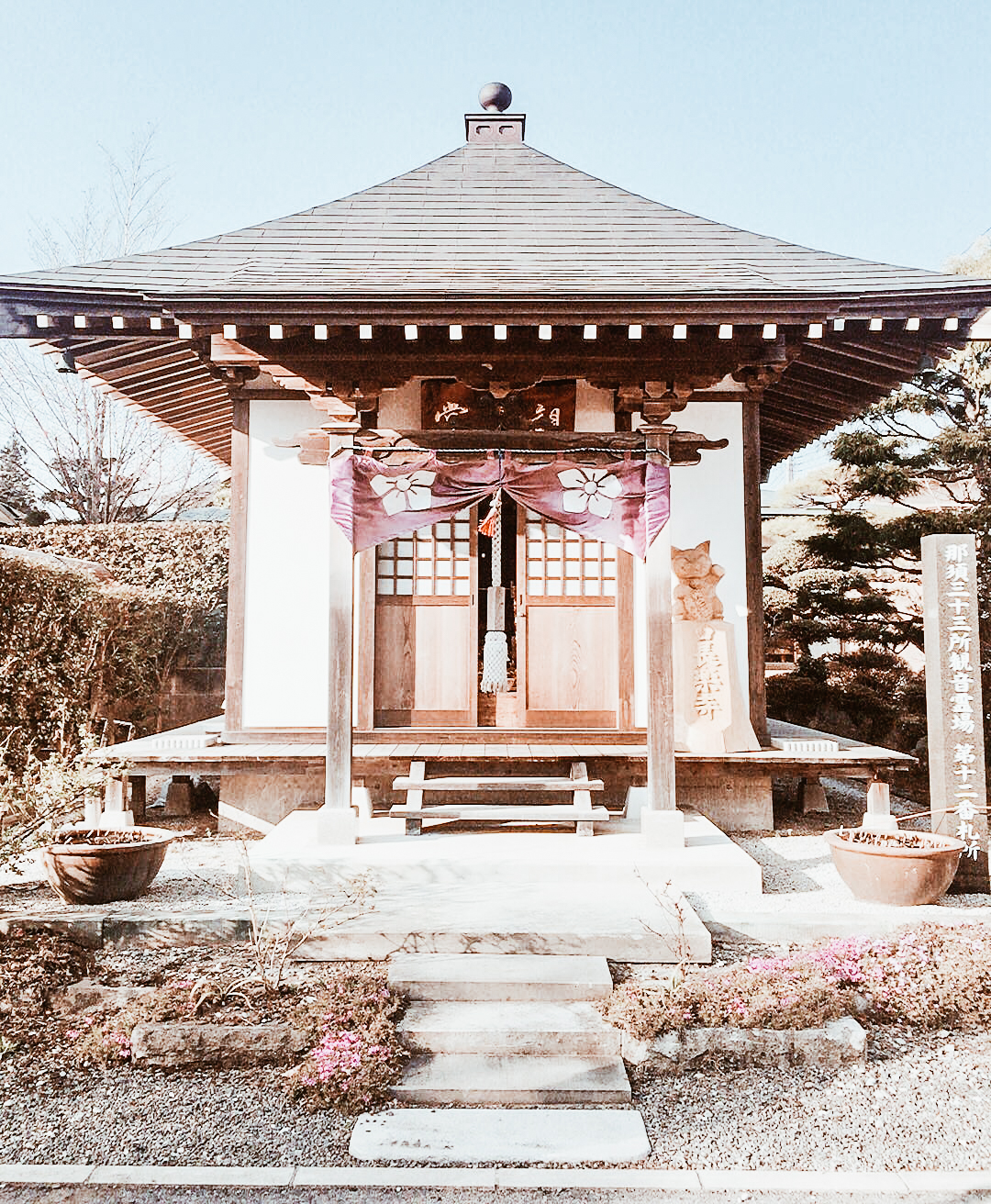
JIB: Which city captured your heart in Japan?
Saracchan: Tokyo! It is a city that has everything, nothing is really missing. It is very modern, with very high skyscrapers, but at the same time ancient, with its hidden temples scattered around the city and the silent and characteristic lanes that transport you to another world. There are many activities to do, many places to visit, it's immense! Spectacular gardens, an imperial palace, karaoke, Harajuku with its colorful shops, particular and unique cafes, izakaya and much more. It never ceases to amaze you and every day you can discover new things and meet interesting people. In addition, it is in a very convenient location, a few minutes from other characteristic cities such as Yokohama, Enoshima and Kamakura. I would say that it is perfect for me, also because, contrary to what one might think, it is not polluted and there are not many cars.
JIB: Which Japanese city looks more like Italy?
Saracchan: As for the urban landscape, I'd say the modern center of Kyoto. There the buildings are quite low and it is much less chaotic than in Tokyo. Instead, for the "human" aspect, I think Osaka is the city that comes closest to Italy, as the Japanese who live there are more sociable and open to others. In my opinion, in Osaka it is easier to meet people and make new friends.
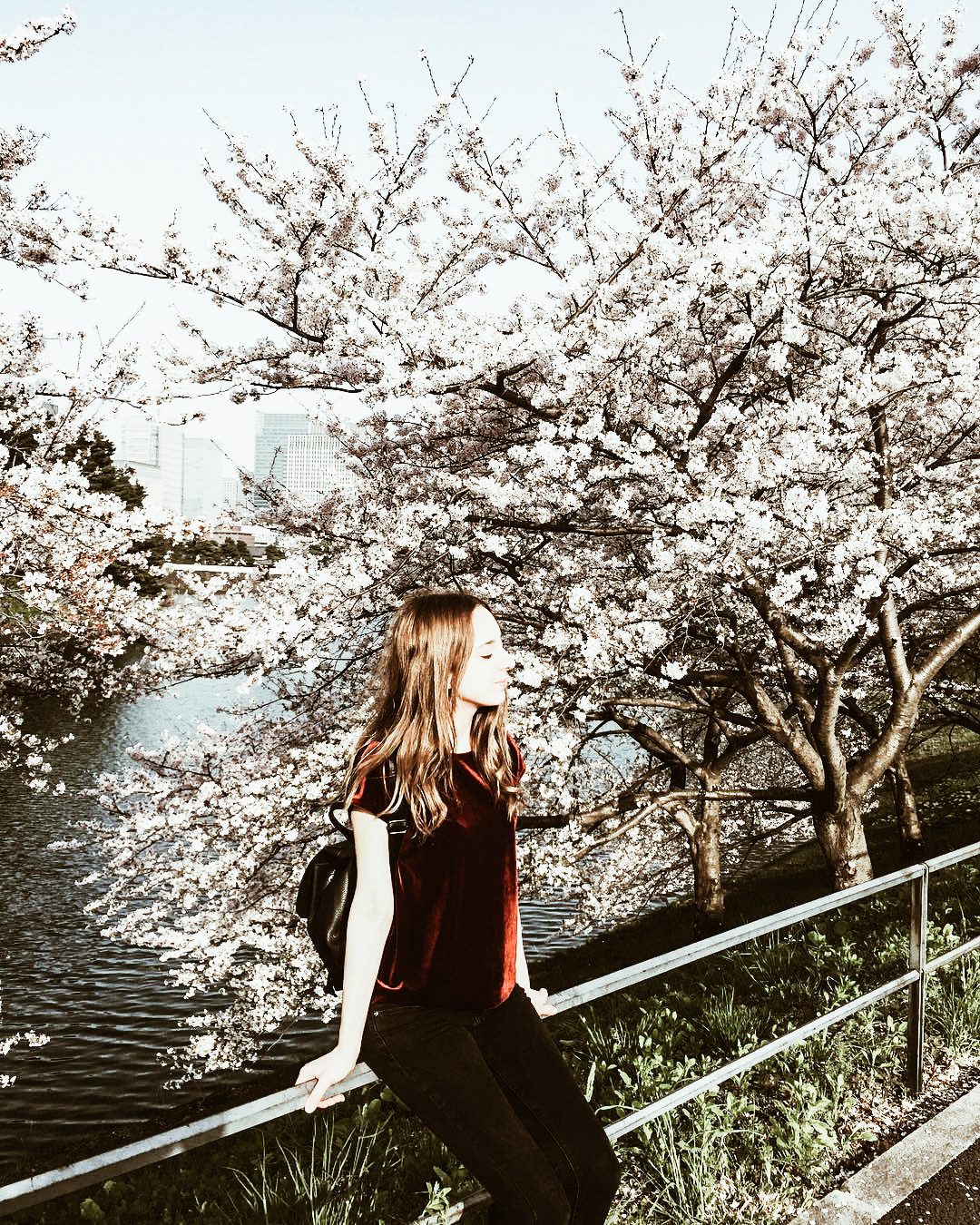
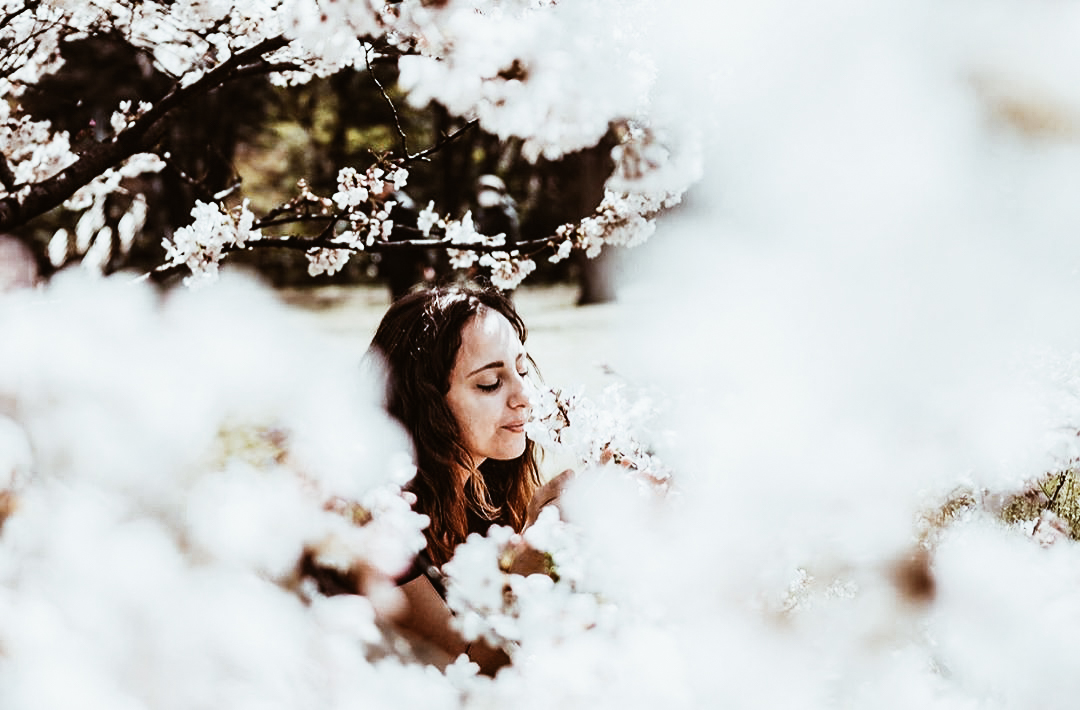

JIB: Cherry blossom, tell us a little about the point of view of a westerner who lived it
Saracchan: This is my favorite event ever! All the streets turn pink and come alive with visitors taking hundreds of photos. Usually, the Japanese gather in the parks with friends and family, they lay large blue sheets on the lawn and spend the days picnicking and drinking sake. In addition, there are many matsuri, or festivals with stalls and street food that spread a very good perfume throughout the park. It is a unique experience, especially seeing the sakura in the evening, illuminated by colored lights that create splendid images. For those who go to Tokyo during this period, I highly recommend going along the Meguro river near the Imperial Palace, areas dotted with beautiful blooming sakura.
JIB: Do you think there is a future for an even closer collaboration between the two nations?
Saracchan: Absolutely yes! Lately, in Italy, Japan and its culture are catching on and there are more and more people interested in discovering this wonderful Asian country. At the same time, there are many Japanese who are developing a great interest in our beautiful country. In fact, Italian food and wine are very renowned and there are many restaurants specializing in Italian cuisine. Very often there are events that sponsor our country and I believe that in the future there will be closer collaborations, also given by the increase in Italians living in Japan.
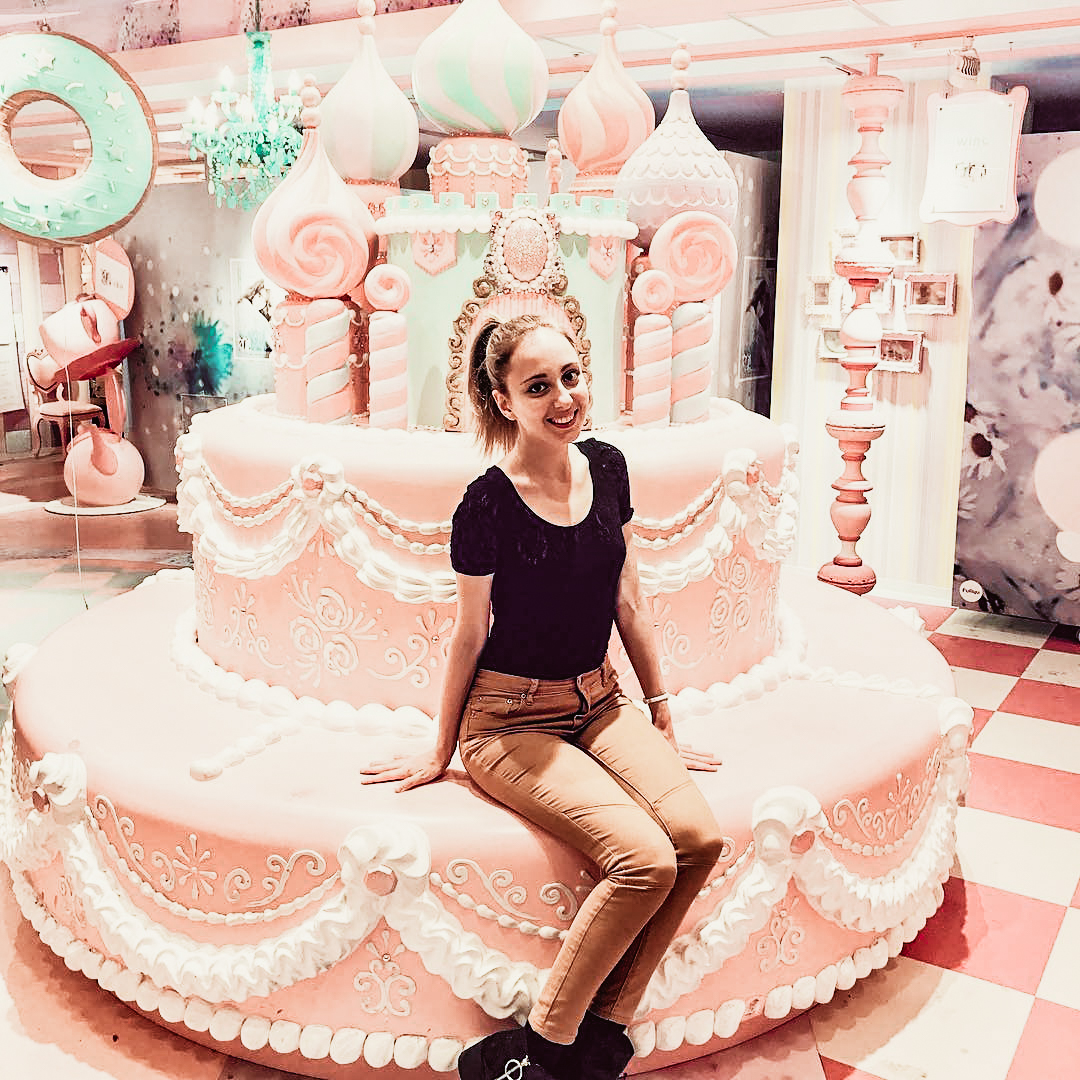
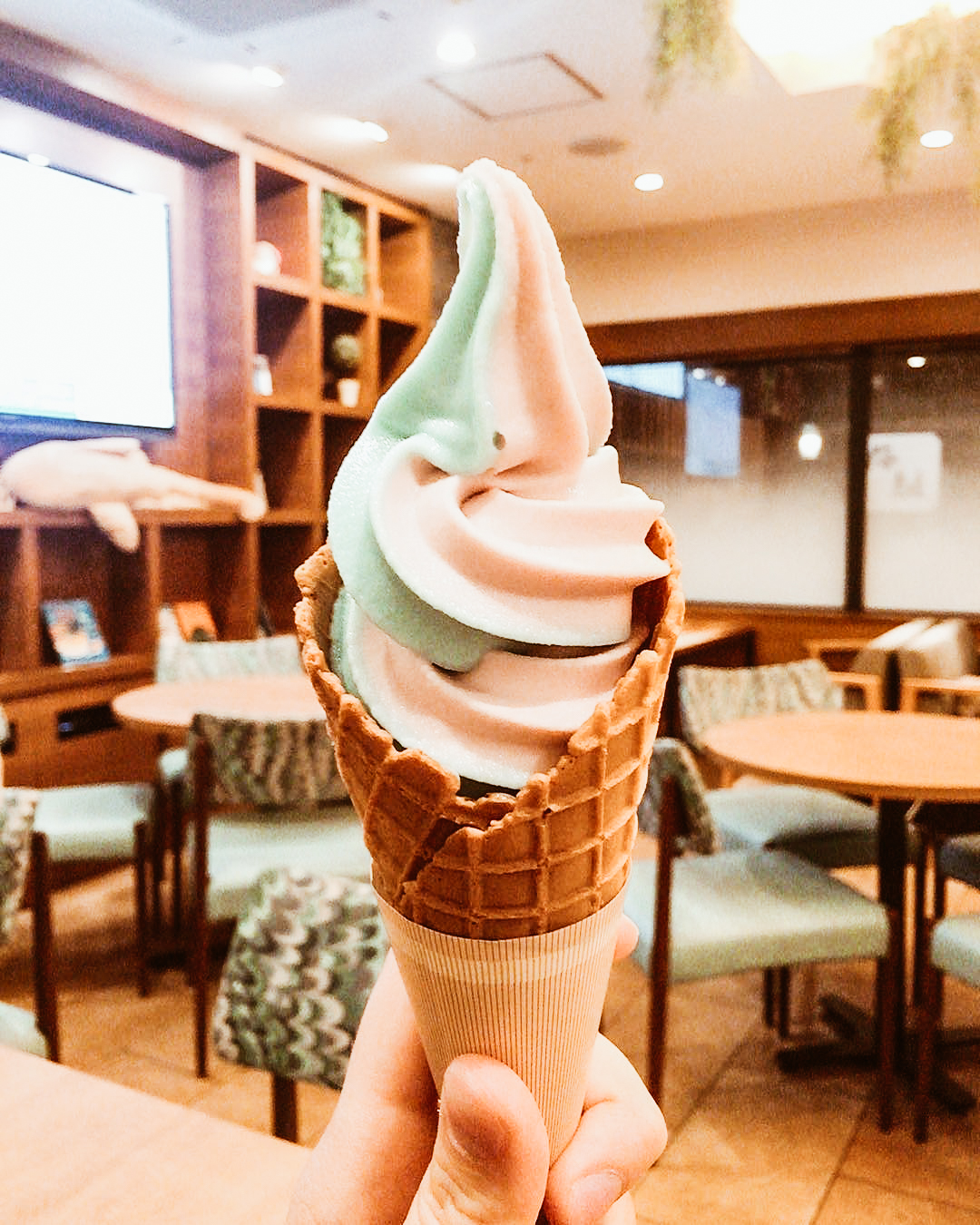
JIB: Do you ever miss Italy? Are you thinking of coming back here?
Saracchan: Sometimes I miss it, especially my family, my friends and the food! Both nations have much to offer, each with its strengths and weaknesses. At the moment I am not sure what I will do after graduation, if I will live in Japan or return to Italy, but I know that I would like to have a job that allows me to live between the two countries, maybe something related to the tourism sector.
JIB: Say something and give an advice to all our readers
Saracchan: If you have come to read this final question, thank you very much and I hope to have sent you something or at least to have given you some suggestions that you can use in the future. As a last tip, I would tell you not to give up and to do your best to achieve your goals, whether it is to move to Japan, to study Japanese or even just to make a trip to the land of the Rising Sun. They are not unattainable goals, there is no need to be rich, just be determined and want it with all your heart. I, even with the help of my parents, worked hard to make my dream come true and I made it! You can do it too, don't be afraid to dare.
Follow Sara
Instagram: @saracchan
A hotel with cats? It just opened in Japan!
The Neko Hotel opens in Osaka
written by: Erika | Source: SoraNews24
Although we are all still stuck home, nobody forbids us to travel with the mind, so here is a brand new hotel where you can vacation with cats, the Neko Hotel in Osaka!
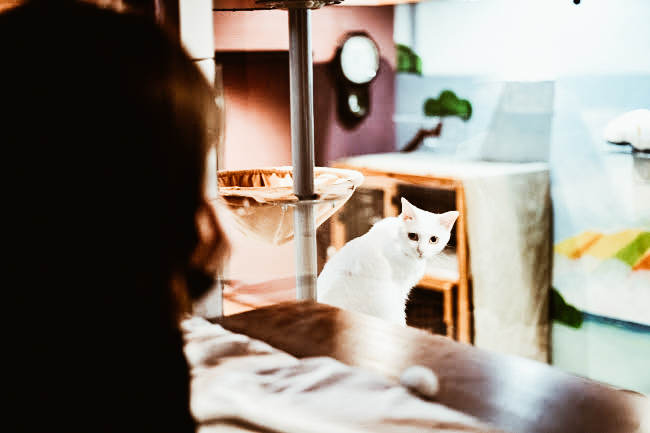
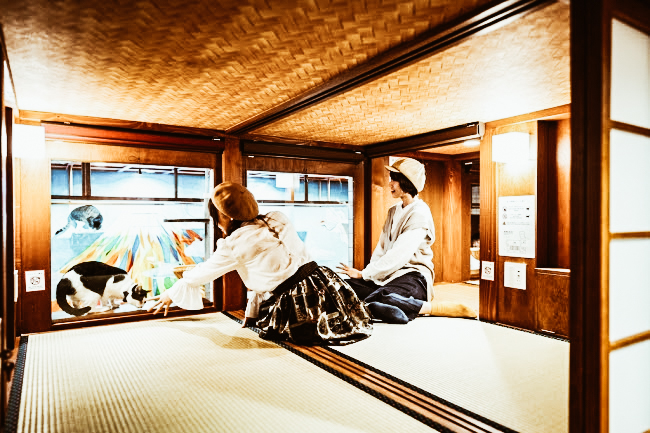
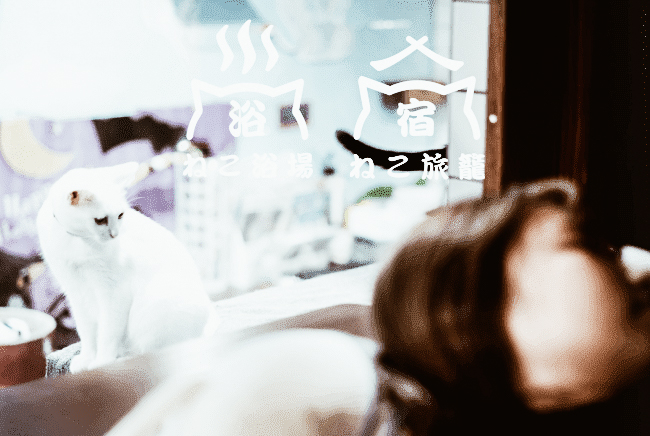
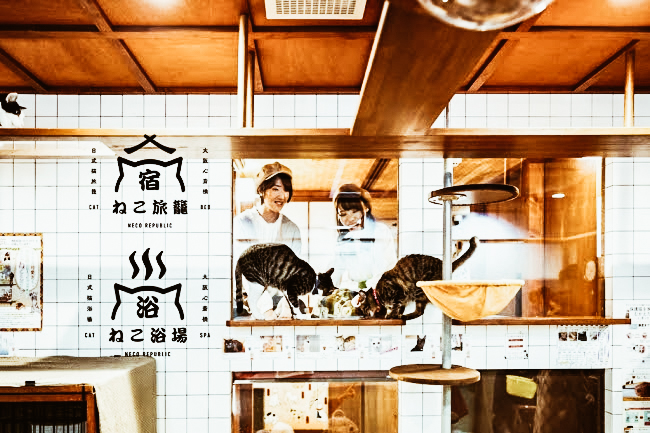
Forget about the sea view, now the "cat view" is what matters. As many of you know, in Japan there are the famous capsule hotels, very small rooms in excellent but low-priced locations. They call them capsule hotels because they are only a place to sleep with a shared bathroom/shower and nothing else. However, since last December, there is a brand new capsule hotel that offers extra comfort: cats!
Neko Yokujo & Neko Hatago, this is the name of the space that houses a small cafe and a neko hotel in Osaka. The buildings are divided in two parts with the cat cafe on one side and the hotel on the other. The floors are structured so that the area where the cats play is directly adjacent to the back of the guests' sleeping area. However, instead of having a solid wall that closes the view, the back of the night compartment is actually made of glass. In this way, a window is created that gives all the people who stay in this hotel a beautiful view of the cats.
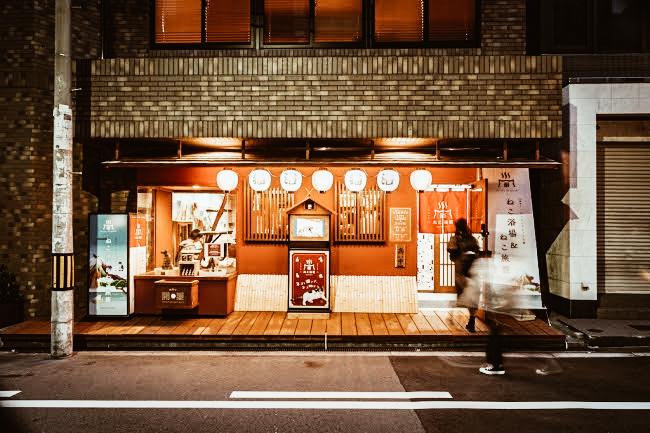
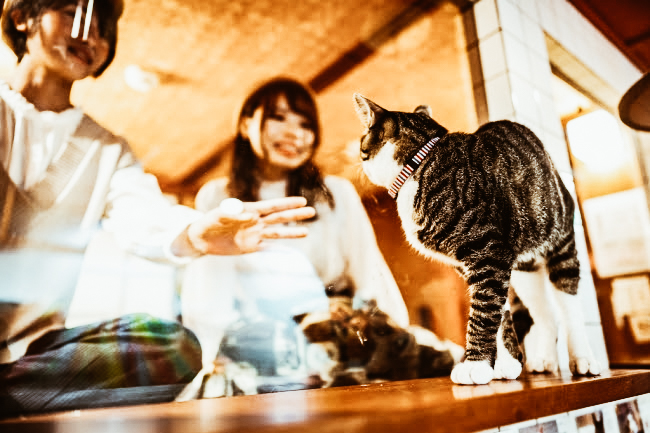
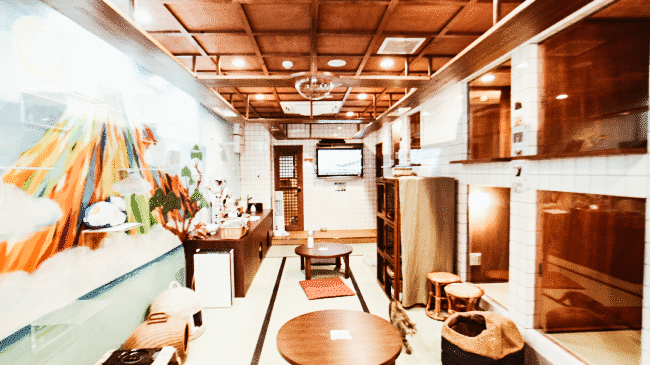
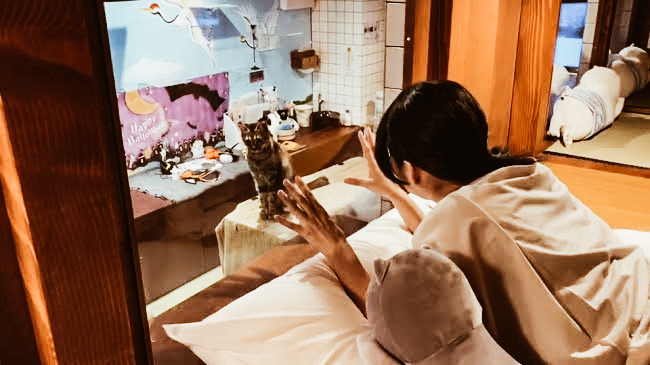
If you are wondering about your privacy, don't worry because each guest will be able to use curtains to isolate themselves if they wish to. In addition, the windows are placed so that one cannot look into the adjacent capsules. This way, you can keep the curtains open overnight, even after the cafe closes, so that you can observe the night adventures of the cats. In addition, the staff of the structure also offers special toys that can be controlled via radio in order to play with the cats beyond the glass.
Obviously, being able to observe cats only from a distance could become quite poignant. For this reason, the neko hotel offers all its guests a package that includes a two-hour voucher for the cat cafe worth ¥ 3000 with the possibility of accessing the cafe even before and after opening hours.
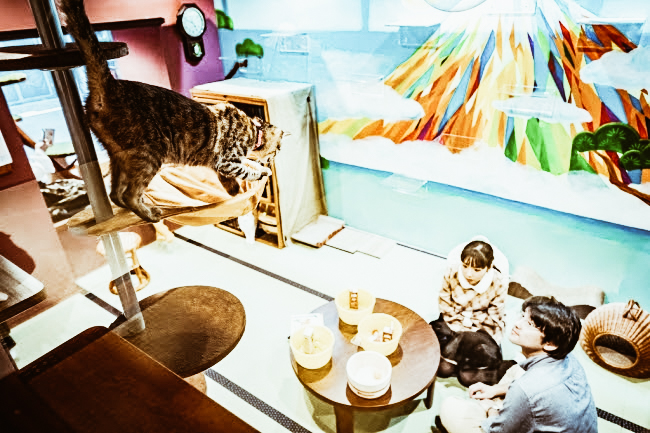
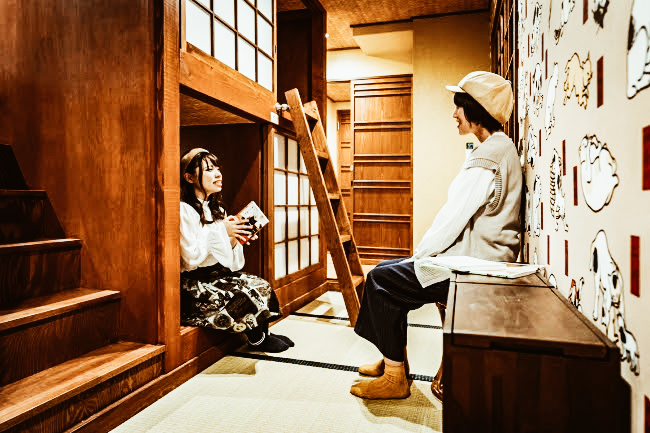
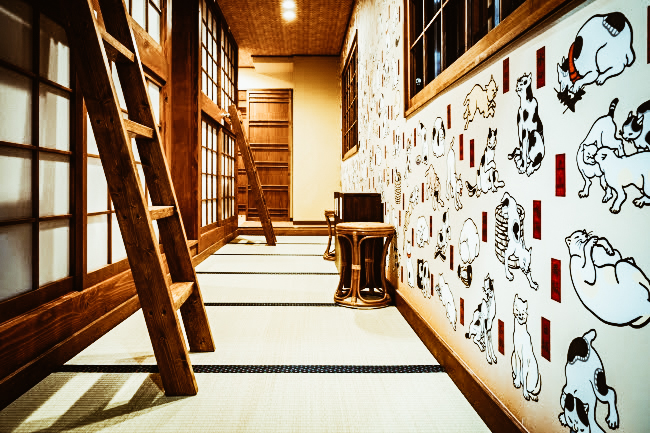
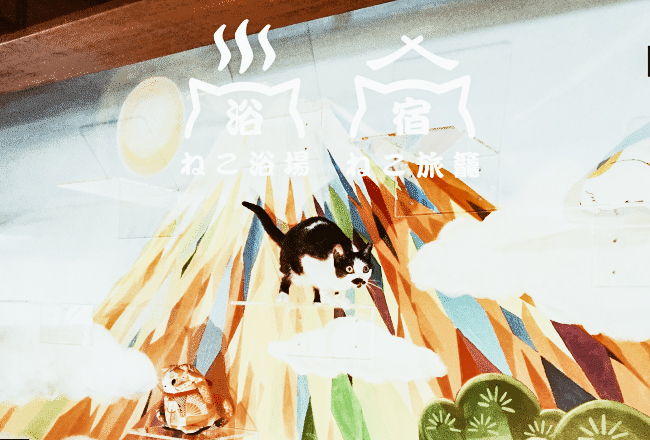
The design of the neko hotel is in typical Japanese style and obviously cats are a recurring theme. However, for anyone who falls in love with these feline friends easily, it may be difficult to say goodbye after just a few nights. In this case, don't worry, the Neko Hatago hotel is managed by the animal welfare company Neco Republic. In fact, all the cats you find in this hotel are felines saved from the street and always looking for a new home. Both the café and the hotel encourage guests to consider the stay as a test period to see if their personality fits well with that of one of the cats, in the hope of encouraging their adoption.
Don't you find it a beautiful idea? It would be great to be able to replicate it also in other parts of the world and we would love to hear your comments about it!
Information
Neko Yokujo & Neko Hatago / 猫浴場&猫旅籠
Address: Osaka-shi, Chuo-ku, Shimanouchi 1-14-29
大阪市中央区島之内1丁目14
Official Website | Facebook | Instagram
Things to do during Quarantine: Watching the Kabuki Theater
Kabuki theater classics available for free online
written by: Erika | Source: SoraNews24
The coronavirus pandemic and lockdown continue all over the world, but today we share with you the classics of Kabuki theater available online to spend time in quarantine.
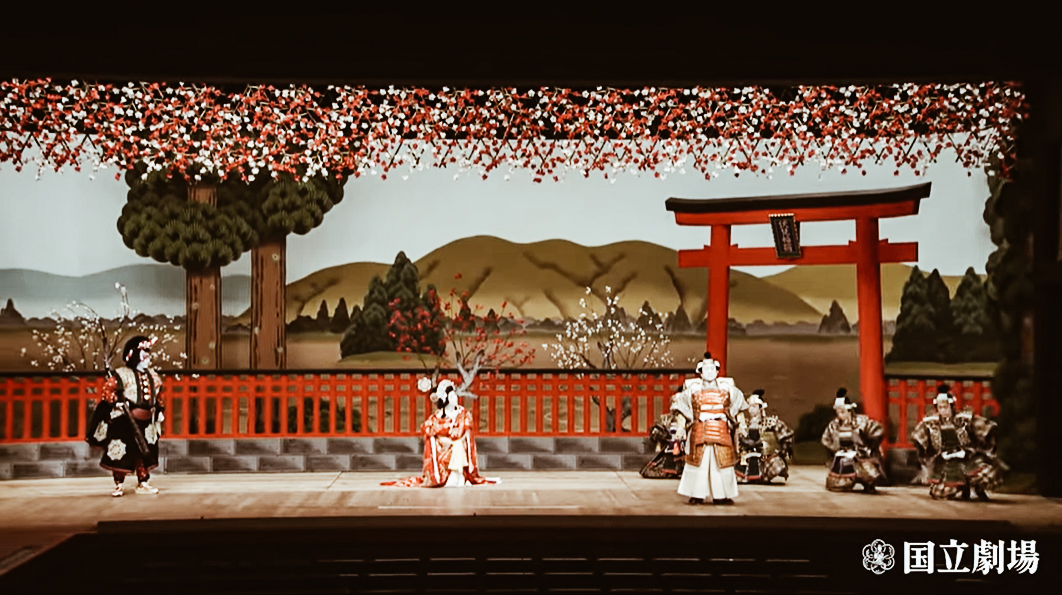
The Origins
For those who do not know what we are talking about, the term kabuki (歌舞伎) indicates a type of theatrical representation that arose in Japan at the beginning of the seventeenth century.
The origins of this theatrical form are traced back to 1603 and refer to dances performed, on the banks of the Kamo river in Kyōto. The word Kabuki is made up of three ideograms: 歌 ka (song), 舞 bu (dance), 伎 ki (ability). The ideograms chosen to form the name are the phonetic equivalent of the word kabuki, derived from the verb kabuku ("to be out of the ordinary"). This indicated the appearance and clothing in vogue at the time of Toyotomi Hideyoshi and characteristic of the so-called kabukimono.
Originally, the Kabuki theater was interpreted only by women, however, following the prohibition on grounds of morals, it was passed to a male only interpretation also for the female parts. The actors specialized in female roles are called onnagata. This theatrical tradition enchanted the emerging bourgeois class of the city and consequently became very popular. The novelty of these works consisted in the representation of facts, usually dramatic, that really happened. In fact, often very little time passed between the event and the performance, constituting a real means of mass communication.
The structure
The structure of Kabuki is very different from the scheme of western theater and the works never deal with general issues, existential questions or philosophical reflections. So there are no Shakespearean monologues or considerations of the protagonists on political issues. With a very fragile story and characters, the works are often written by several hands.
Also for this type of theatrical form, the principle of not assigning preponderance to verbal communication, in opposition to western culture, applies. In fact, for a long time, it was hard for us westerners to be able to read difficult and subtle situations. The events expressed through the emotions of the individual characters always prevail over moral considerations, creating a strong emotional tension.
5 hours of Kabuki theater online
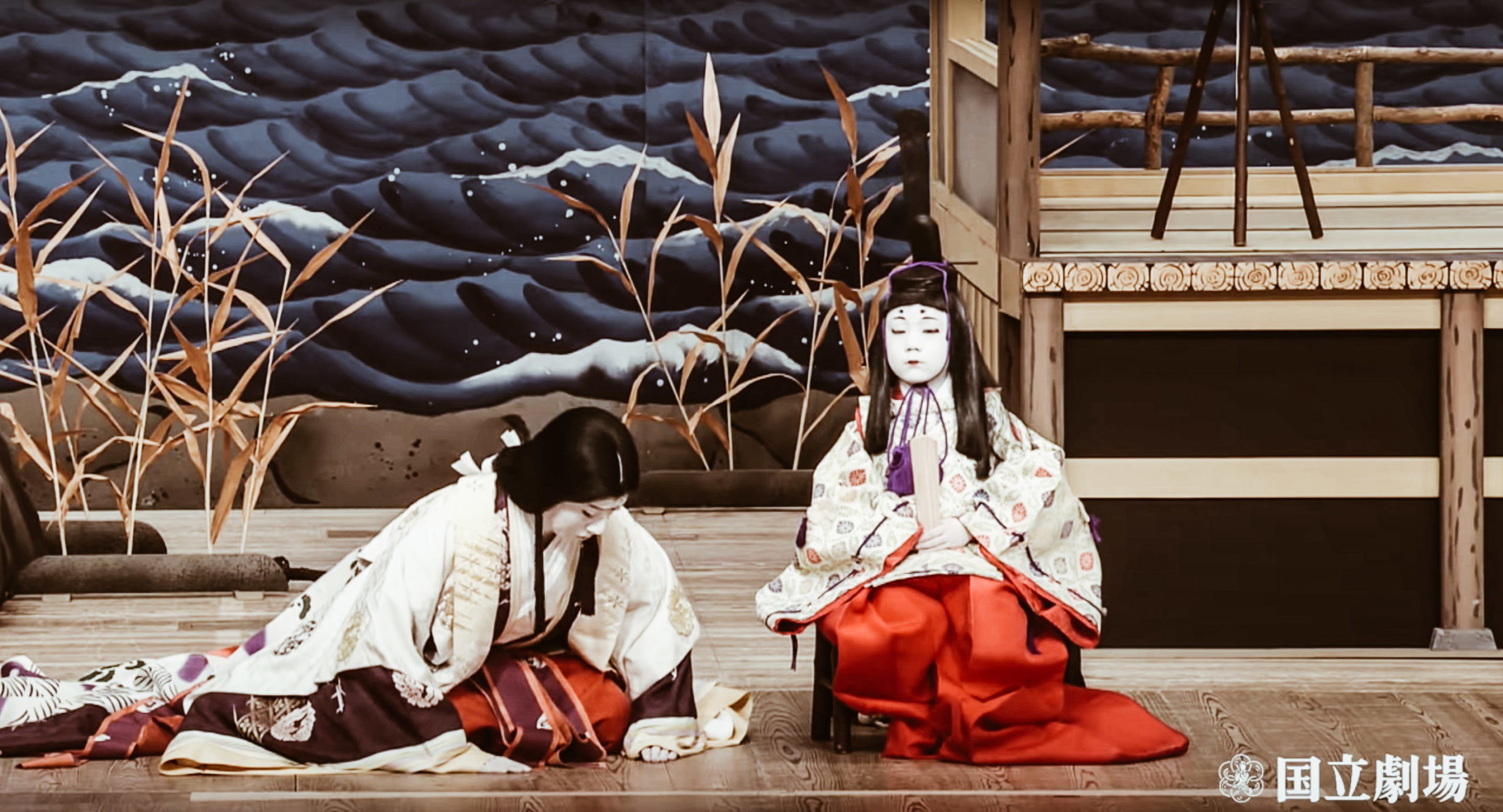
In contrast to the Noh and Bunraku theater, the Kabuki theater has worldwide resonance especially for the traditional and exaggerated facial makeup together with the dramatic costumes. Most of these performances take place in important places, so to attend a Kabuki opera you have to be in the right place, at the right time and an economic possibility at your disposal. In fact, some performances such a niche that they can only run for one time. Furthermore, if we add the closure of the theaters we can understand how the problems arise for this type of art.
After the cancellation of Yoshitsune Senbon Zakura (Yoshitsune and the Thousand Cherry Trees), a performance scheduled for March 3, Japan's National Theater took the opportunity to create something even more special. In fact, the performance with no audience will be published on the theater's Youtube channel. Divided into three videos, the theatrical performance is available for viewing until April 30 at 15:00 JST.
Yoshitsune Senbon Zakura
Yoshitsune Senbon Zakura has five acts and would usually take two days to perform in its entirety. As such, these videos portray the story in separate stages. Performance A covers the parts "Torii Mae", "Tokaiya" and "Daimotsu-Ura" of the work, the performance B includes the portions "Kokingo Uchijinishi", "Shiinoki" and " Sushiya ". Also, performance C manages the "Michiyuki Hatsune Tabi" and "Kawatsura Hogen Yakata" for a total of five hours of entertainment.
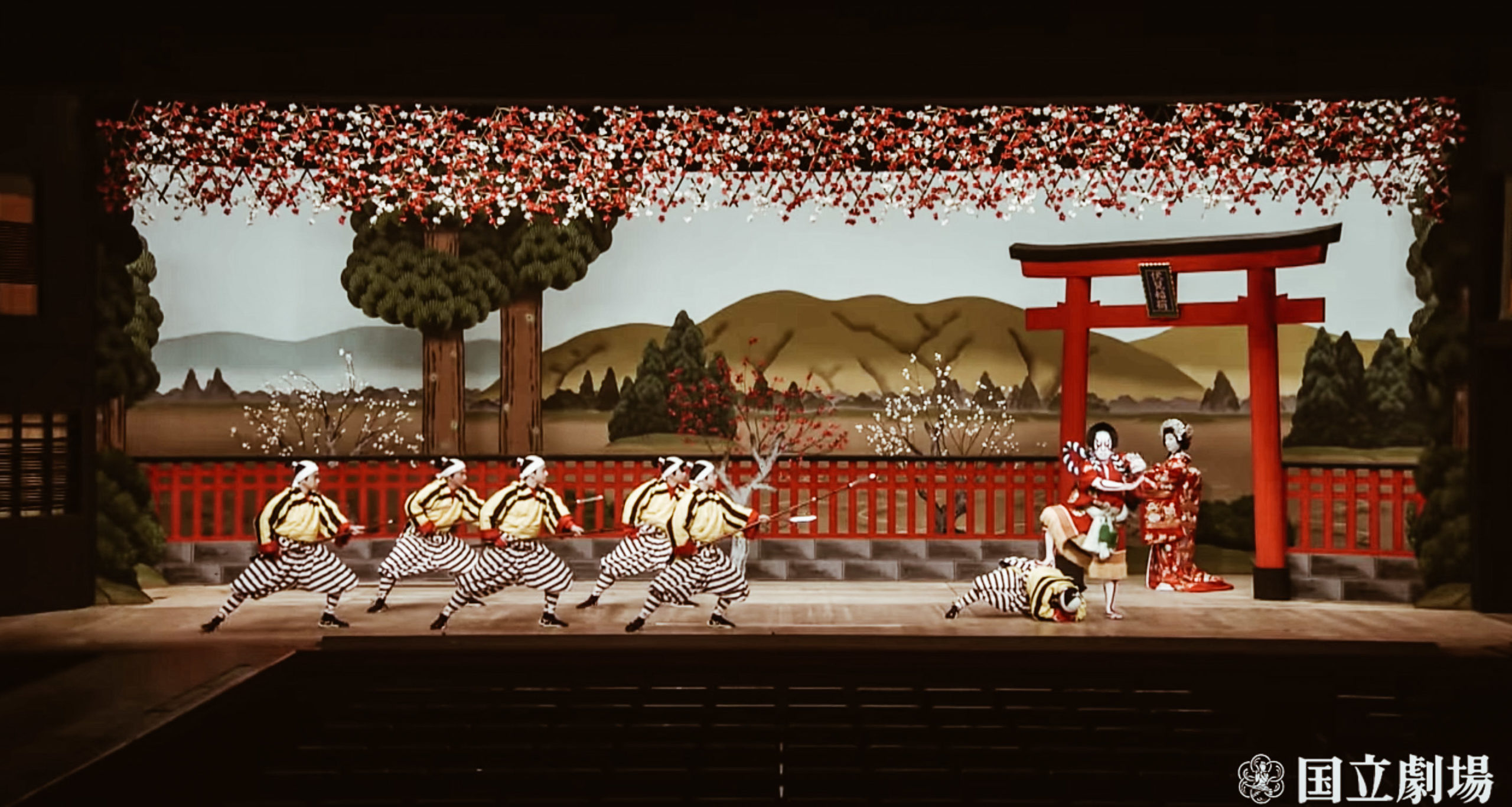
Although this is one of the most famous ancient epic operas, Kabuki theater can also be enjoyed with limited or absent Japanese language skills. Indeed, costumes, performances, and atmospheric music help to provide a broad context. In addition, Yoshitsune Senbon Zakura is one of the three most famous Kabuki shows, so the material for finding your way through the story is also available to foreigners.
To watch all the performances, check out Japan's National Theater YouTube channel.
Travel guide: Tokyo - Episode 06 - the Shinkansen of the future
Tokyo – Osaka in one hour with the Shinkansen of the future
written by: Sara | translation: Erika | source: TimeOut Tokyo
We continue with our practical guides about Tokyo and today we talk about the Japanese railway system, one of the most efficient in the world, and the jewel of this system: the shinkansen.
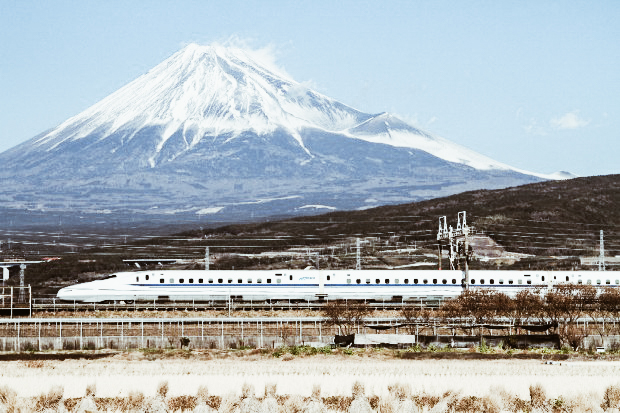
photo credits: repubblica.it
An integral and characteristic part of Japanese infrastructure, the shinkansen (新幹線) are the famous “bullet trains”. They travel very fast up to 320 km / h, to take us from one city to another in no time.
The Shinkansen lines
Currently, there are 15 known lines that allow us to travel to different destinations in Japan. From Tokyo towards the south we have the Tokaido Shinkansen line, which connects the capital with Osaka. The Sanyo Shinkansen line connects Osaka to Fukuoka, while the Kyushu Shinkansen line from Fukuoka crosses the island of Kyushu from north to south. Shinkansen Akita, Hokkaido, Hokuriku, Joetsu, Tohoku and Yamagata also depart from Tokyo.
The challenge of the Rising Sun is always constant: to offer safety and maximum efficiency.
In 2015, Japan Railways Group (JR) managed to break the world speed rail record with the magnetic levitation train that reached 603 km/h. From here, the company developed a program to maintain this impressive record, something we could define futuristic. We are talking about the Tokyo-Nagoya-Osaka section. This new initiative is called the Linear Project and is expected to be completed in 2037.

photo credits: business-standard.com
The trains of the future
Japan Railways has always been committed to implementing ultra-modern trains. In fact, the company is now focusing on building a linear Shinkansen capable of traveling with magnetic levitation. This type of technology would have retractable wheels that do not touch the tracks making the train elegantly “slide” without any friction. This futuristic shinkansen would travel at a top speed of 500 km/h, taking us from Tokyo to Nagoya in 40 minutes and from Tokyo to Osaka in 67 minutes.

photo credits: agatetravel.com
Obviously, this project requires a new infrastructure that allows a connection from Tokyo to Nagoya situated for the most part underground. In fact, this would avoid areas prone to strong earthquake shocks. With costs that would be around 50 and a half billion, the first part of the route could already be completed in 2027. So, we just have to wait and follow developments.
What do you think of traveling at high speed? These futuristic trains are now part of our reality and the shinkansen has an incredible charm: have you had the opportunity to try it? Tell us about your experiences!
Travel guide: Tokyo - Episode 05 - Rent in Tokyo
Cheapest Apartment rent in Tokyo
written by: Sara | translation: Erika | source: Soranews24
We continue with our practical guides about Tokyo with a focus on the cheapest apartments ret that can be found in the city.
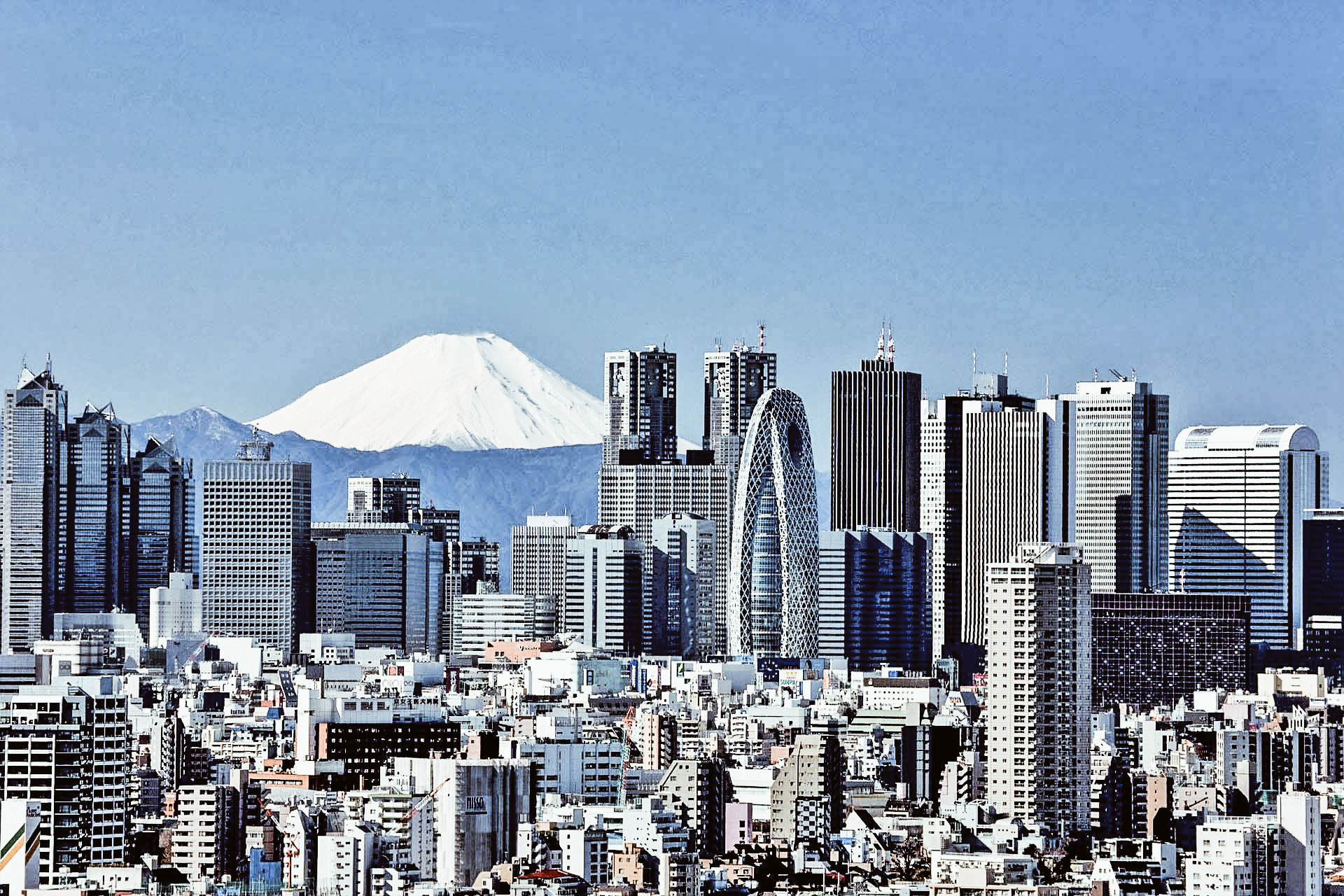
photo credits: tgcom24
How many times did we think “What if I went abroad to look for new opportunities?” and at the same time the fear of the prohibitive prices of the apartments kept us from realizing this intention?
Today pursuing this dream is possible! If you are thinking of Tokyo as a destination, you should know that there is nothing prohibitive. Small apartments at affordable monthly prices will allow you to start a new life in this wonderful megalopolis.

photo credits: facebook.com/suumo.jp
The Japanese real estate agency Suumo has published the result of a study demonstrating the convenience of rental rates of the great cities of the Rising Sun. Of course, the apartments taken into consideration are one-bedroom apartments between 10 and 40 square meters and are not located in the city center. In fact, as we know, in this area we find offices, commercial activities together with the most luxurious multi-story residences. However, thanks to the proximity to the stations or subways that allow you to move easily and reach any destination, also the external areas become important options to consider!
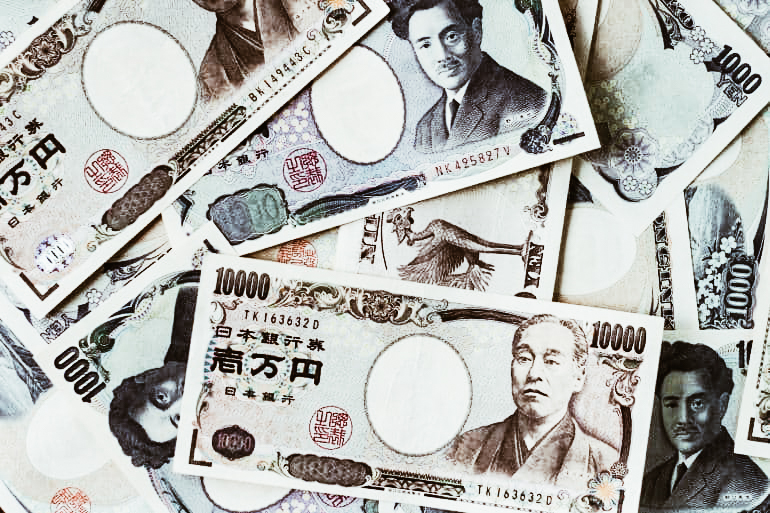
photo credits: Japanexperterna.se
The most convenient residential areas in Tokyo
The result of Suumo’s research was the following:
59,000 yen per month near Kasai Rinkai Koen Station (JR Keiyo Line). Akihabara, Tsukiji, Ginza or Roppongi can be reached in just 14 minutes by train from Tokyo station and with a one-way transfer to the Hibiya subway line.
60,000 yen per month near Kanamachi Station (JR Joban Line), from which you can reach Ueno and Keisei Kanamachi (Keisei Kanamachi Line).
62,000 yen per month near Kita Ayase Station (Tokyo Metro Chiyoda Line), which leads to Harajuku and Shinozaki Station (Toei Subway Shinjuku Line), which, as the name suggests, catapults us directly to Shinjuku.
63,000 yen per month near Funabori Station (Toei Subway Shinjuku Line), Horikiri Shobuen Station (Keisei Main Line), Ichinoe Station (Toei Subway Shinjuku Line), Keisei Tateishi Station (Keisei Oshiage Line), Shibamata Station (Keisei Kanamachi Line) and Takenotsuka Station (Tobu Isesaki Line / Tobu Skytree Line).
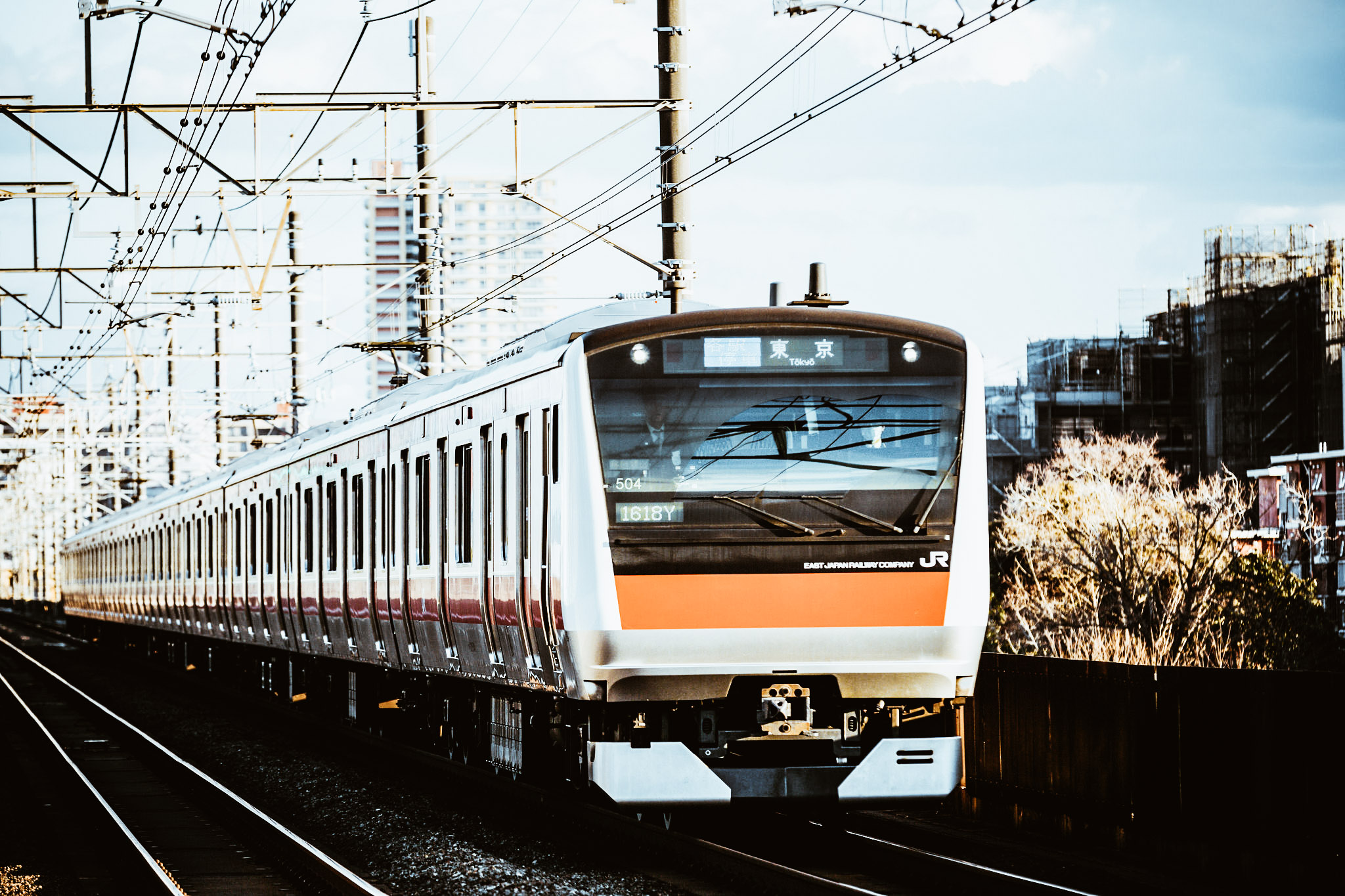
photo credits: hansjohnson
Don’t you feel heartened? That feeling of being able to say, “then can I make my dream come true if I want?”. There is really nothing unattainable if we can seize the right opportunity.
Quaran, the official quarantine mascot of Japan
Quaran, the official quarantine mascot of Japan
written by: SaiKaiAngel | Source: TimeOut Tokyo
Meet Quaran, the official Japanese quarantine mascot! That's right, once again Japan has decided to give us an important message while maintaining a smile.
The whole world is going through a very difficult time, fighting against the Covid-19 pandemic. Right now, wherever companies, museums, schools, and even entire cities are closing, pushing people to take action with smart-working. All this will last until the end of this emergency.

And here comes Quaran, a mascot created by the Japanese Ministry of Health to make people understand the importance of staying at home and also remembering the safety distances. It is described as a small fairy with a Q on the forehead, a shield, and protective glasses. Take a look also at his back: with the Q shaped tail, the Q of Quaran, the Q of Quarantine. The description, as we said, speaks of a small fairy that reminds us how to avoid the virus by respecting the distances and avoid gatherings. However, when we meet it, we discover it's actually a life-size mascot! Where can this puppet be found most? At airports in Japan, but it is said to travel around the world to prevent illegal attitudes that could spread the Covid-19 virus, even more, protect us with its shield and common sense.
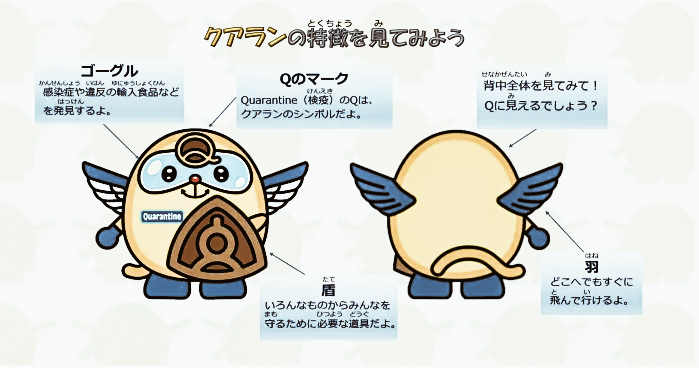
Quaran was also created to promote the work of the Quarantine Information Office, under the control of the Ministry of Health.
Not just this! Quaran even has it's own website, it deserves one very careful look. Stay safe, world! Quaran will help us live everything with responsibility, common sense, prevention, but always with a smile. A smile, we must never lose during this fight.
Source: TimeOut Tokyo | Photo credits: forth.go.jp
Japan Italy Bridge interviews: Shito Hisayo, AAPPARÉ designer
Japan Italy Bridge interviews: Shito Hisayo, AAPPARÉ designer
Written by: Erika Swan, Yoshi | Translated by: Yoshi
Our special feature series, "Japan Italy Bridge Interviews" is back with an interview with designer Shito Hisayo who will be talking about the concept behind her brand AAPPARÉ!
To start, what is AAPPARÉ?
Answering that, AAPPARÉ is a brand line that was designed and conceived from the notion, “I want to bring the national dress of Japan, Kimono, into global fashion.”
Introduced as “Japan Kimono”, this new fashion can be casually worn as it utilises the elegance and formative beauty embodied in Kimono to pair clothes, which look like Western wear that retained the silhouette of a traditional Kimono’s neckline and sleeves, with sash belts, straw sandals, and boots.
The fabric used is woven in Shizuoka Prefecture’s Hamamatsu City and sewn in Japan, and even the knitwear uses materials produced in Niigata Prefecture’s Mitsuke City, making sure that the garments are truly and genuinely made in Japan.
In addition, “Hyottoko” and “Okame”, the symbols of “a good man and woman of traditional Japan”, are attached on the garments as brand logos.
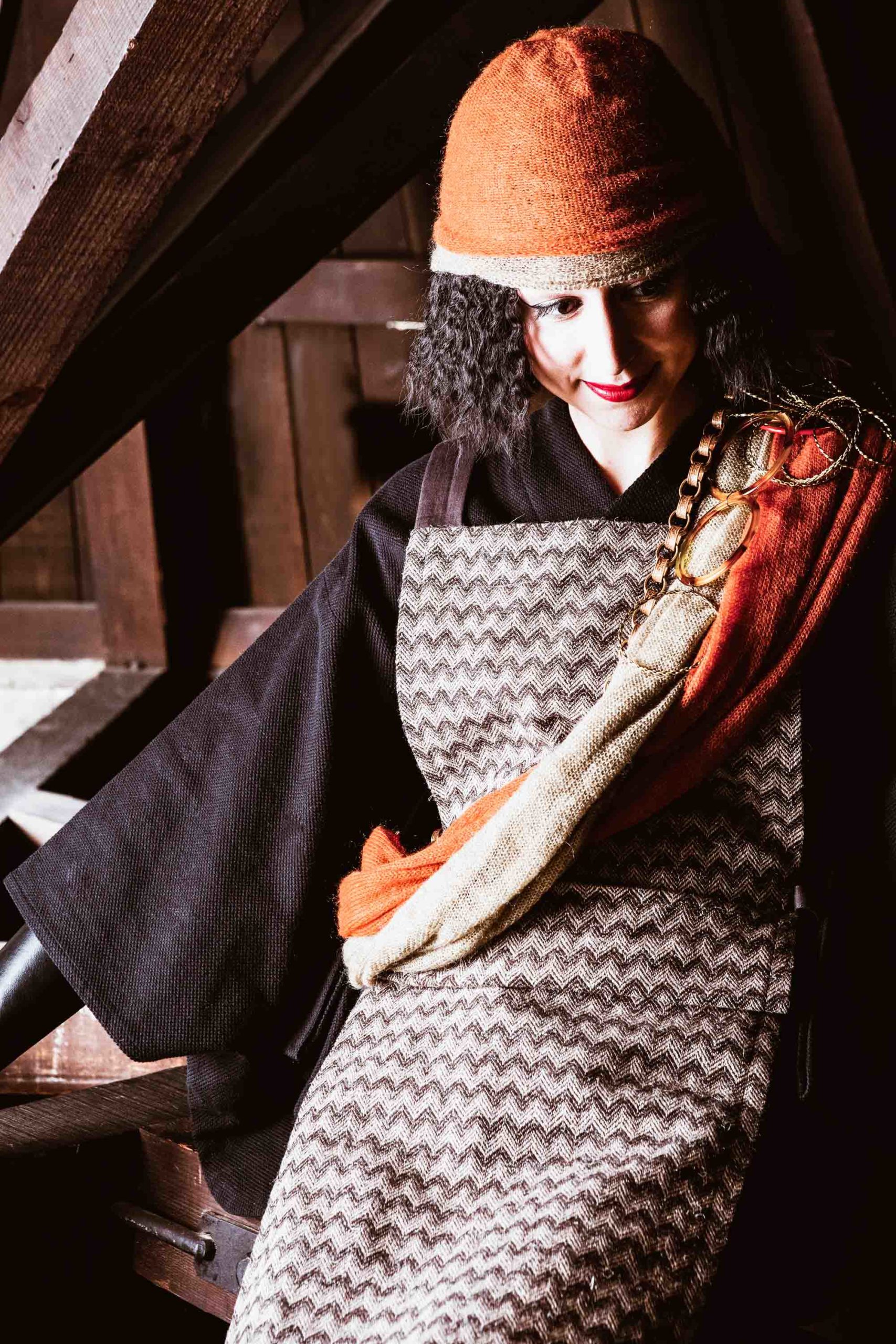
―― Firstly, please introduce yourself.
I am Shito Hisayo and I am a designer. I own 8 brands where I sell, make, and create head-to-toe outfits of western wear, kimono, and accessories that I design.
―― What led you to start this business?
It was my love for fashion. Especially when it comes to kimono.
―― What do you pay particular attention to in running this business?
That there is “only one” (of each item).
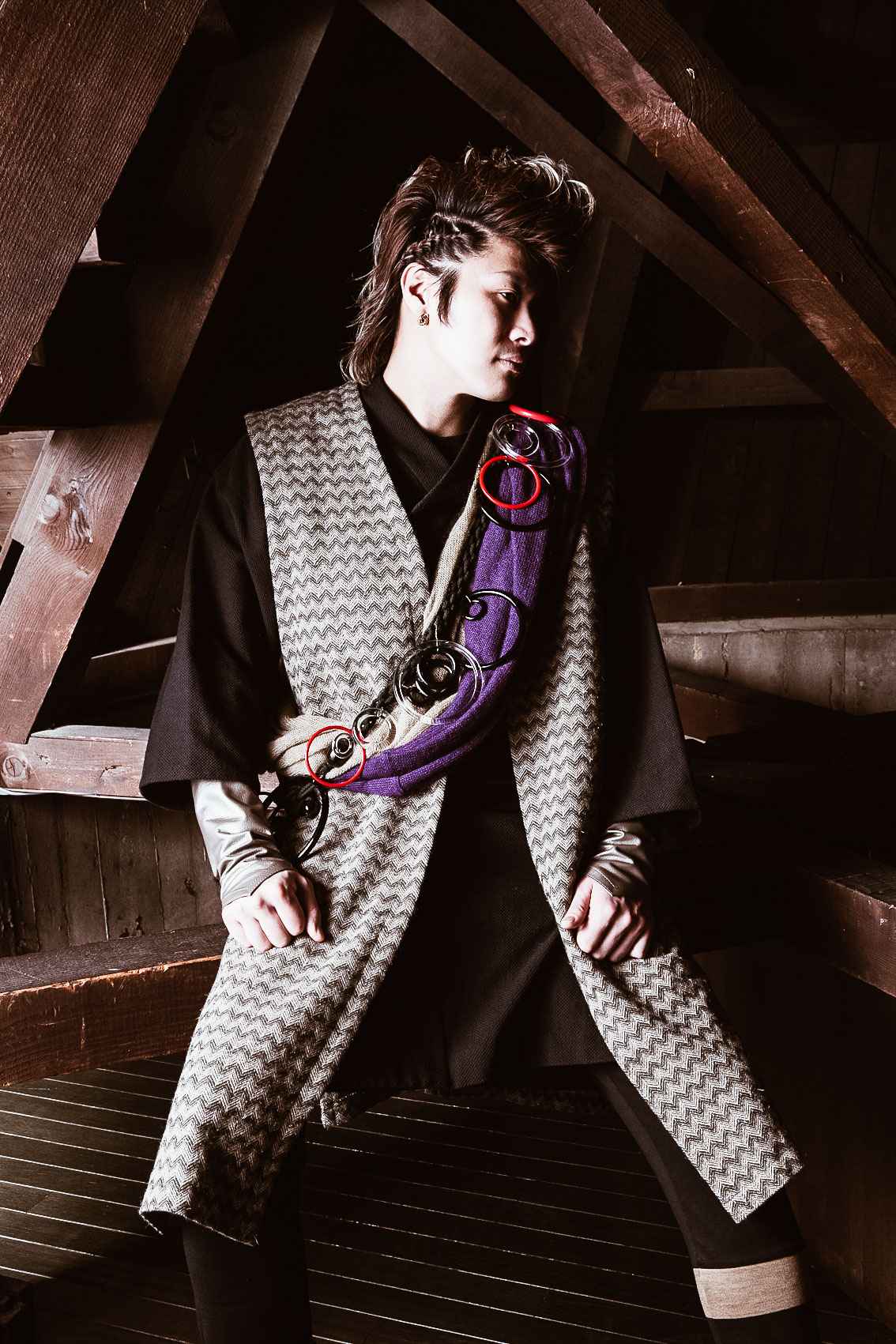
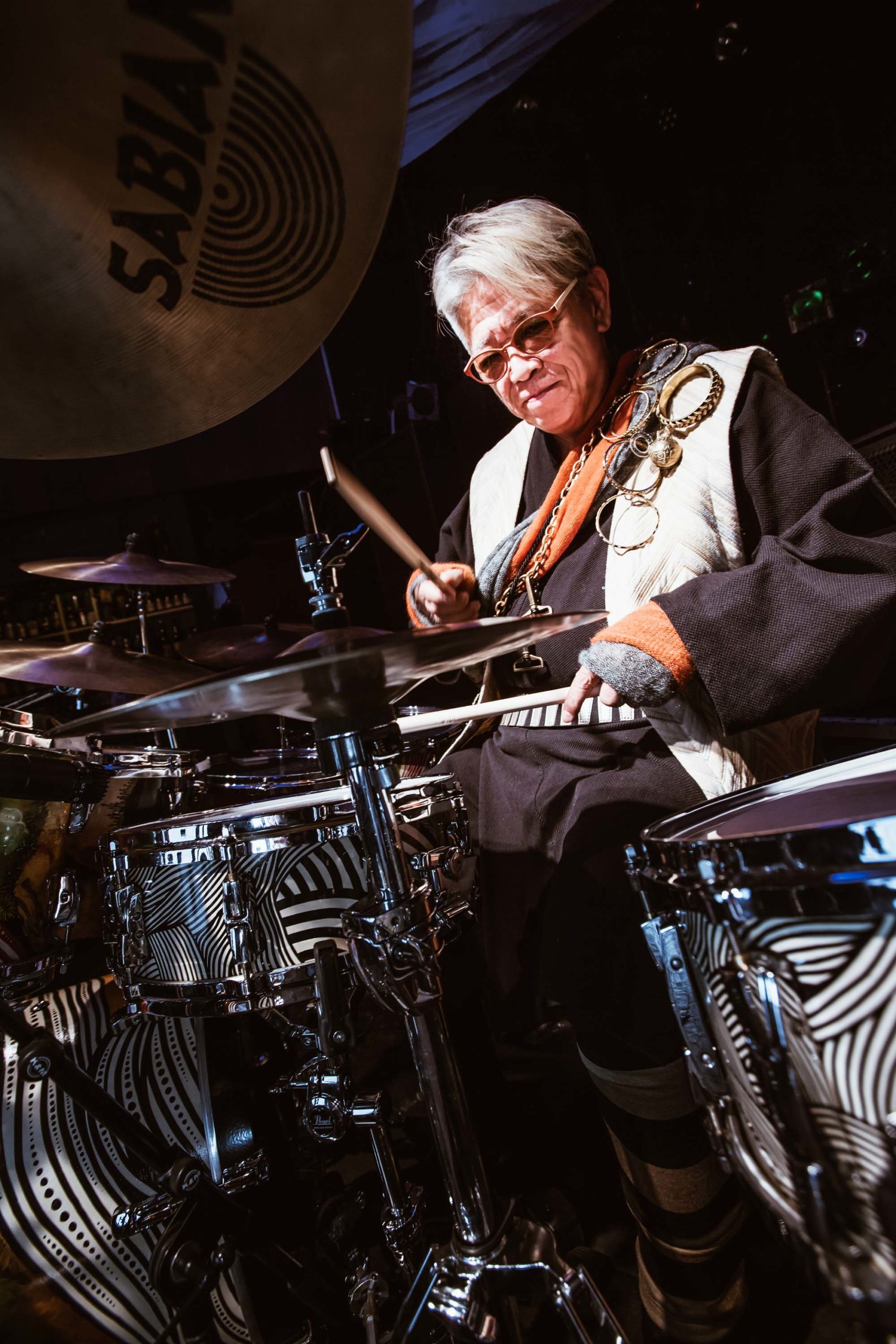
―― What does it mean for you as a woman to run the business in Japan?
In the male-dominated kimono industry, I believe that I can bring something new into it because I design with the perspective, ideas, and sensitivities of a woman.
―― How do you think the global market perceives AAPPARÉ?
(I believe that AAPPARÉ) is being seen as an evolution of kimono. It is modern and easy to wear; it is fashion that can be as easily appreciated as western wear.
―― Do you think that growing a global presence is difficult?
I don’t think that it is difficult. I believe that AAPPARÉ matches the modern lifestyle scene as it possesses both the elegant designs of kimono and the functionality of western wear.
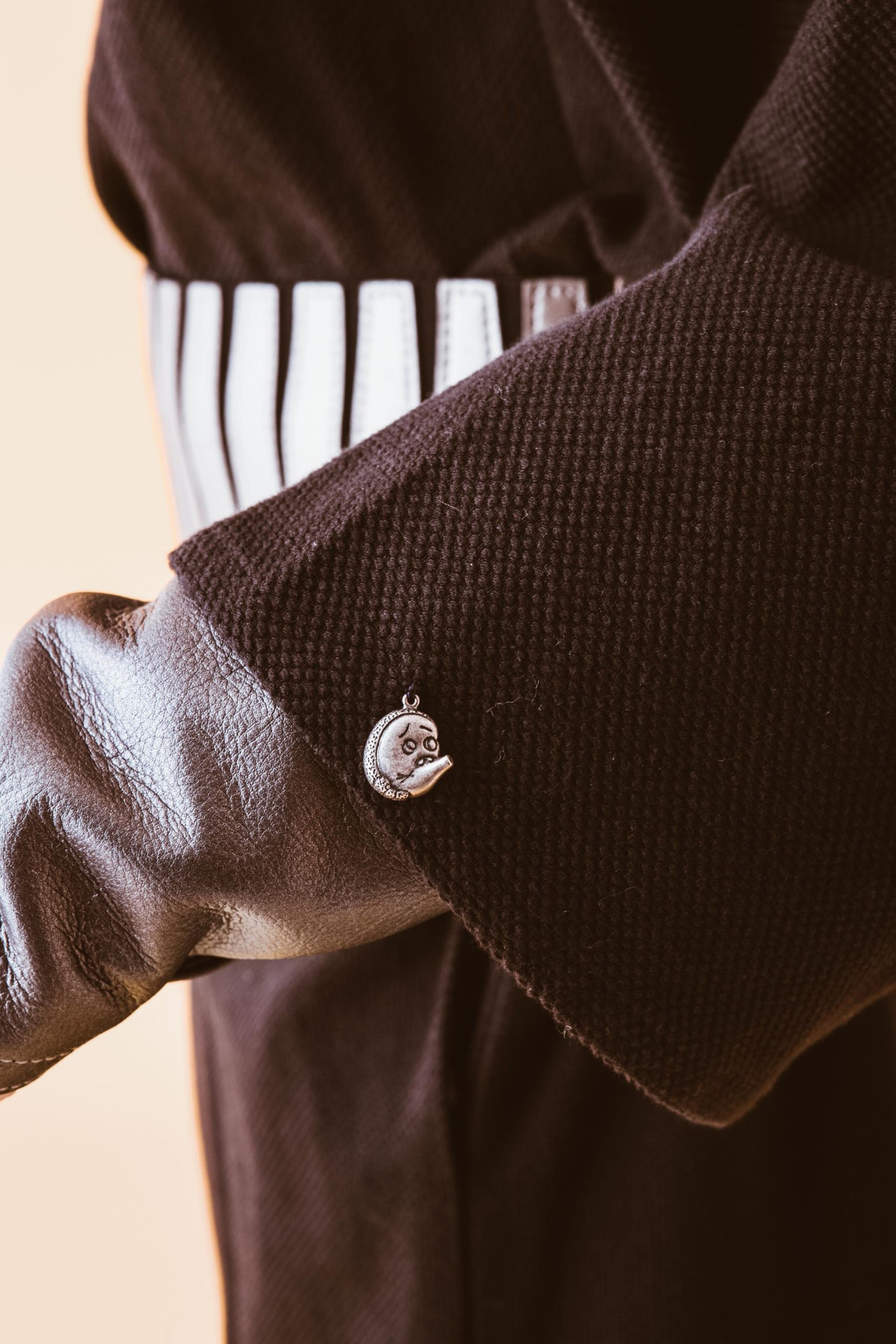
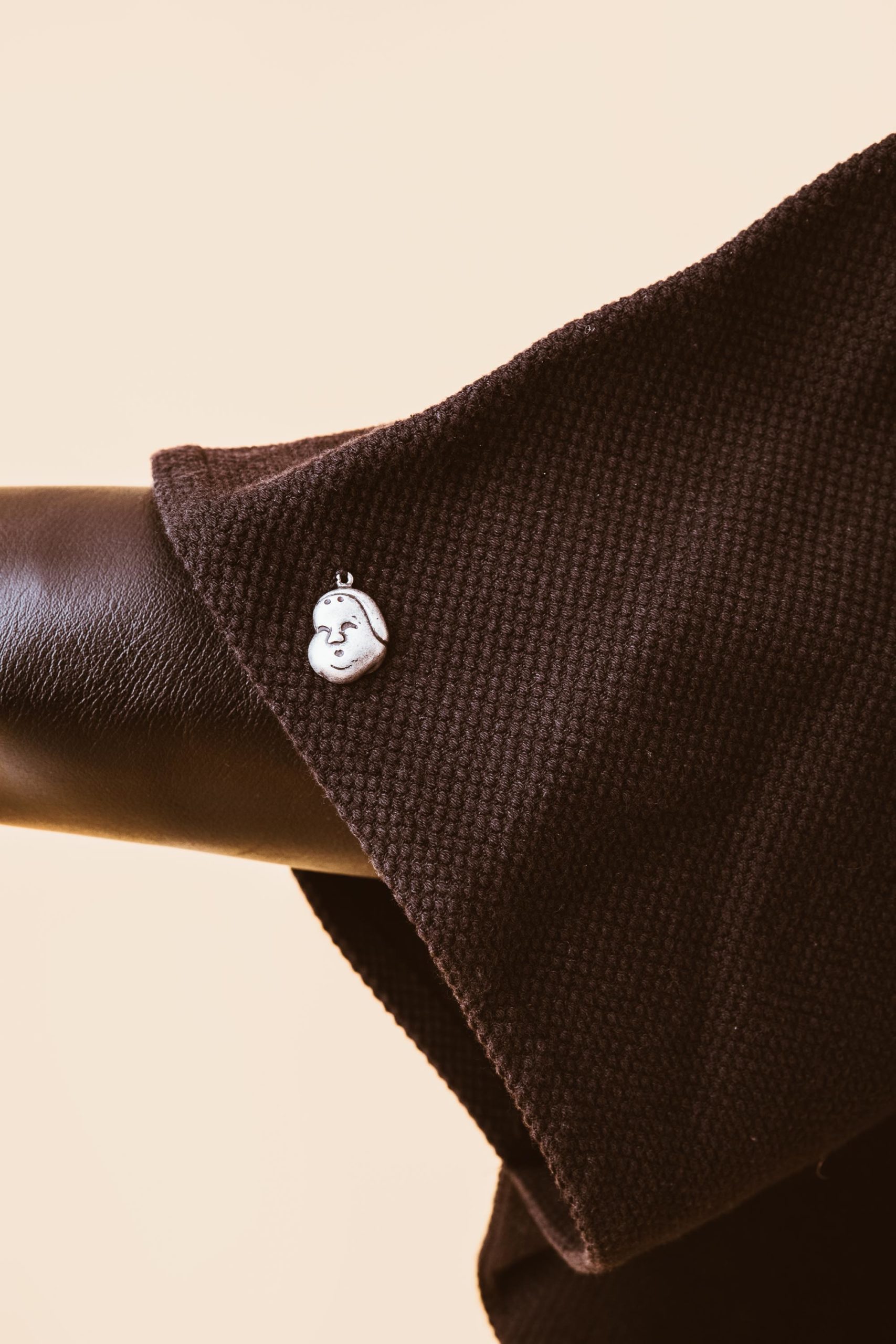
―― What do you personally think is the thing that attracts Westerners to Japan?
I believe that it is the charm of the Japanese people; their diligence and subtlety.
―― On the other hand, what do you think of Italy?
I feel that the Italian sense is similar to my works. I feel that we share parallels in terms of using slightly deviant designs and colour shades, like smokey gold, silver, and bronze.
―― What are the similarities between Italy and Japan?
The fact that we are both well-attuned to what is stylish and that we enjoy fashion from the bottom of our hearts.
―― How do you see the future of the relationship between Japan and Italy?
I believe that there are wonderful discoveries to be made through the combination of Italy’s superb leather processing technology and Japan’s unique colours and designs.

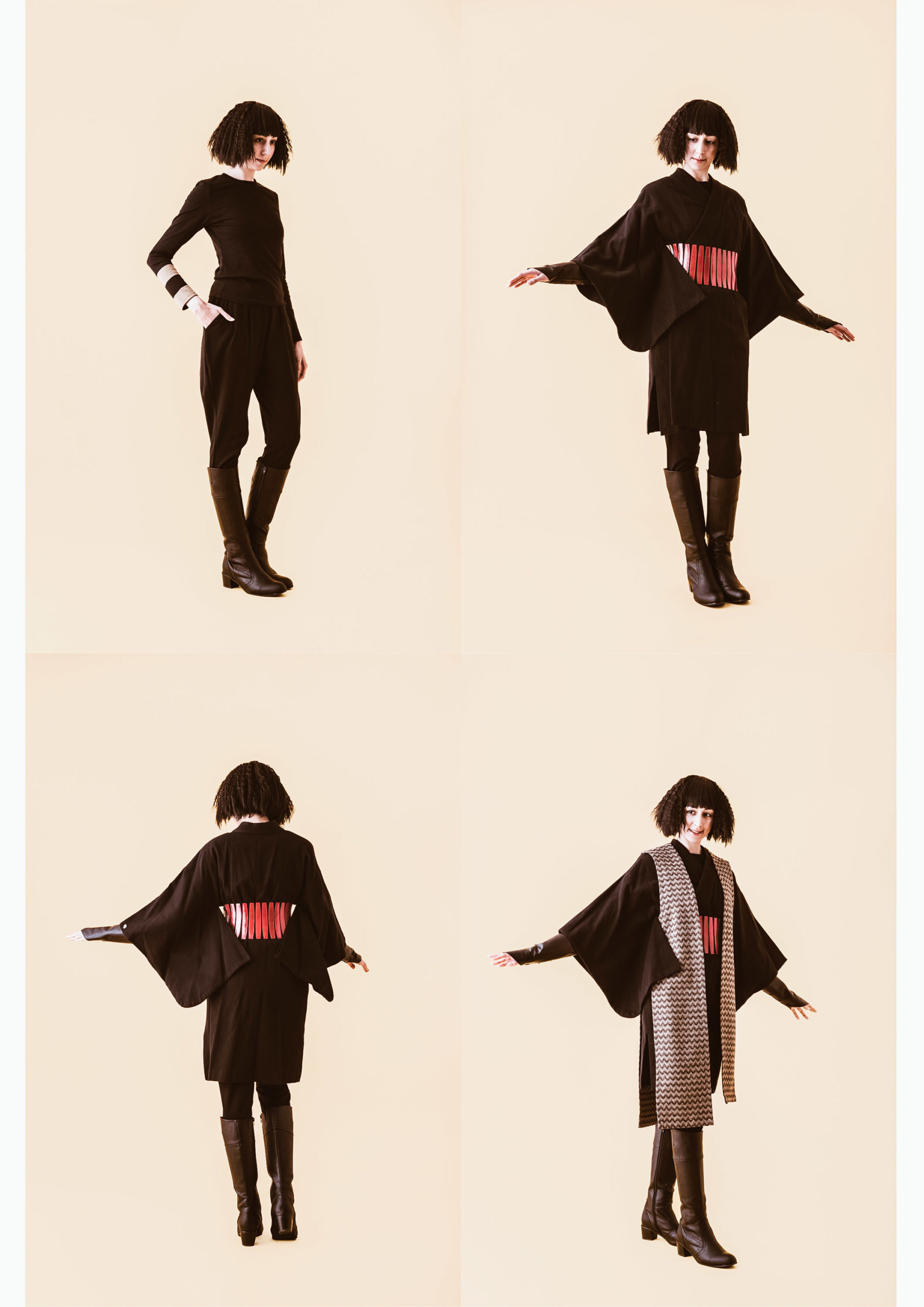
―― Going back to 『AAPPARÉ』, what are your future plans and goals?
I want to open a shop in the airport where people from all around the world converge. I also want to open shops in countries all over the world. At the same time, I think it’ll be interesting if (the brand) could (supply) uniforms for restaurants or casinos.
―― Lastly, please leave a comment for our readers.
As a Japanese person who loves Japan, my hope is that I can elevate Japanese kimono fashion into the global fashion industry.
Filled with those thoughts, “AAPPARÉ” was created.
Thank you for your present and future support.
Shito Hisayo
And that was our intimate interview with Shito Hisayo! Having read it, how do you feel? What do you think? Do share your comments with us on our Facebook page!
To find out more about Shito Hisayo and her brand, do check out the official links below!
– Links –
Website: https://shito-hisayo.jp/
Facebook: https://www.facebook.com/shito1027hisayo/
Instagram: https://www.instagram.com/shitohisayo_official/
2020 Best Japanese Shows on Netflix
We can’t really deny the fact that Netflix is one of the biggest revolutionary inventions of the latest years, so here are some of the best shows available on the platform.
In the last weeks, the world has changed, and these days when we are forced to stay home, our very intimate relationship with Netflix has become even closer. In fact, this is the moment when you can take advantage of all the new Japanese shows on the streaming website. Whether you are a fan of tv series or not, you can enjoy these shows and also practice your Japanese skills.
Terrace House
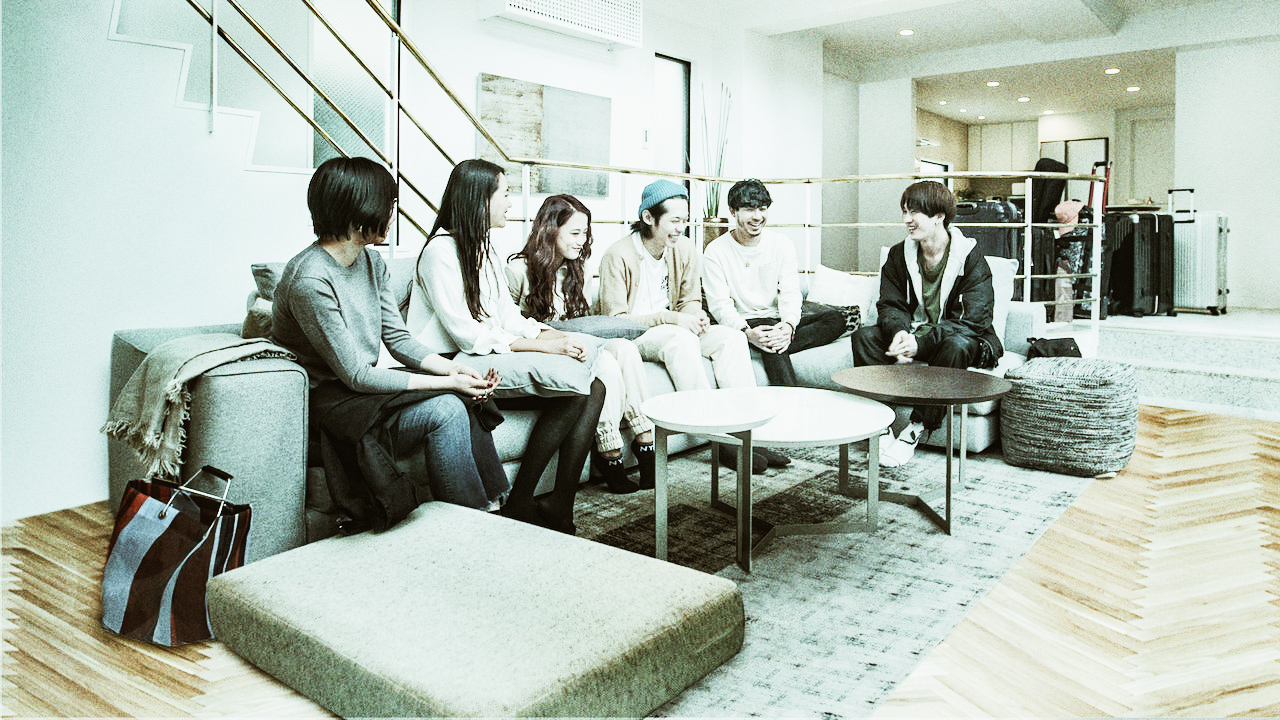
photo credits: netflix.com
Terrace House (テラスハウス) is a reality show franchise in Japan. The first series of the show was also known as “Boys×Girls Next Door”. It aired on Fuji Television's Cool TV from October 12, 2012 to September 29, 2014 for eight seasons. After the huge success, an independent film was released as a continuation/conclusion of the series.
On September 2015, Netflix previewed Boys & Girls in the City as one of its Original Series. The new show is a co-production of Netflix and Fuji, also broadcast on Fuji Television in Japan switching also its location to a hidden area in central in Tokyo.
One of the most well known Japanese show of the platform, Terrace House has its obvious draws. We are all intrigued by the inevitable romances that blossom on the show, but it’s also interesting to see how the people in the show work to accomplish their personal goals. Of course, together with this, there are also the occasional hiccups among the housemates, which are always fun to see.
Midnight Diner: Tokyo Stories
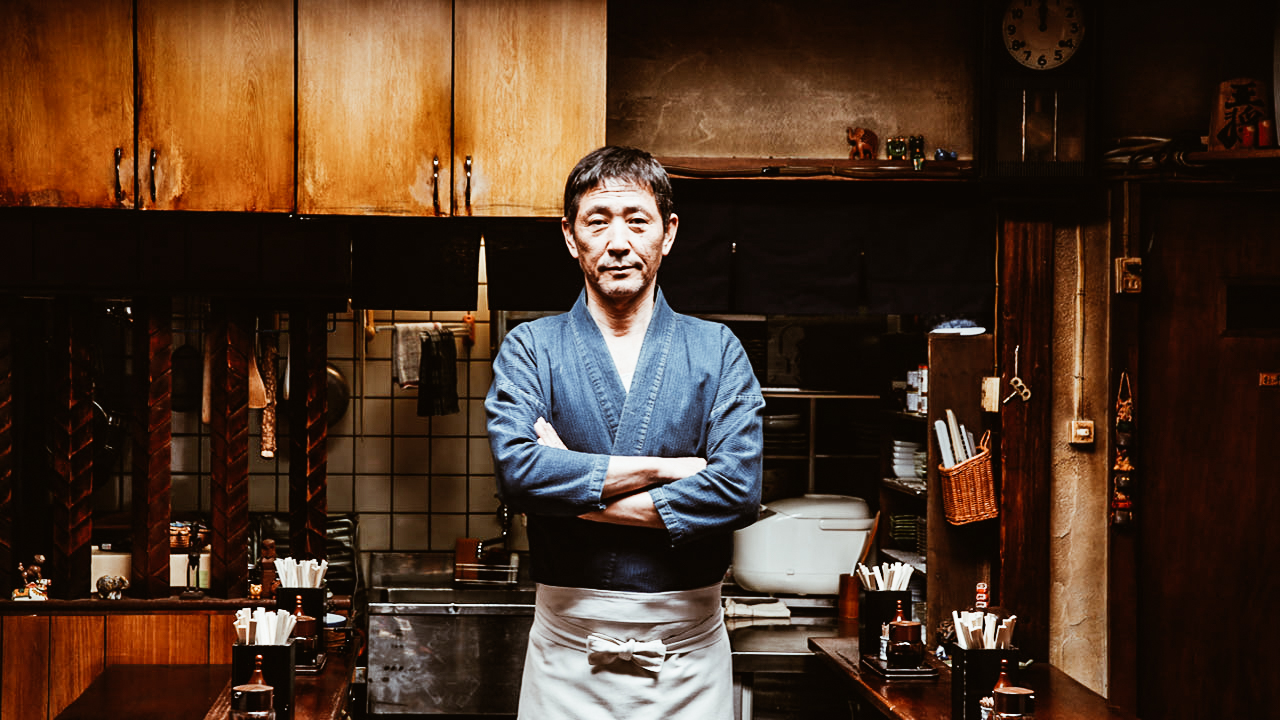
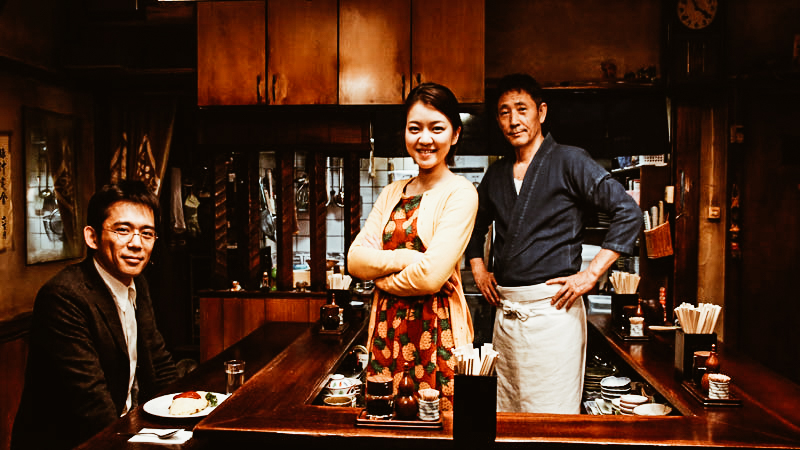

photo credits: mymovies.it
Do not watch while you are hungry. “Midnight Diner” features a man who is known as “Master” and runs a small restaurant from midnight to 7 am. The place welcomes a mixed clientele every night who share their fascinating personal stories while eating mouth-watering home-style dishes. During these hours, the Master becomes a confidant for everyone.
As you join these lone diners at the table while they connect with each other, you’ll find yourself connecting with them too and discovering a new reality of the Tokyo By Night.
As we said, do not watch this if you are hungry or you will start craving whatever Master is dishing up that night, even if we can’t guarantee that won’t happen anyway.
The Naked Director


photo credits: mubi.com, justwatch.com
This is the show everybody is talking about. Inspired by the life of director Toru Muranishi, the show is a provocative narrative of his eccentric and bizarre adult film career. During the apex of the economic boom in the ‘80s, Toru Muranishi, an unsuccessful salesman, tries his luck in the porn industry in Japan. Despite the lack of experience, Muranishi quickly learns the potential of VHS and builds an empire for himself, revolutionising the Japanese porn industry.
The Comedy-drama series was only released in August, however, Netflix has already confirmed the renewal of the show for a second season.
Samurai Gourmet
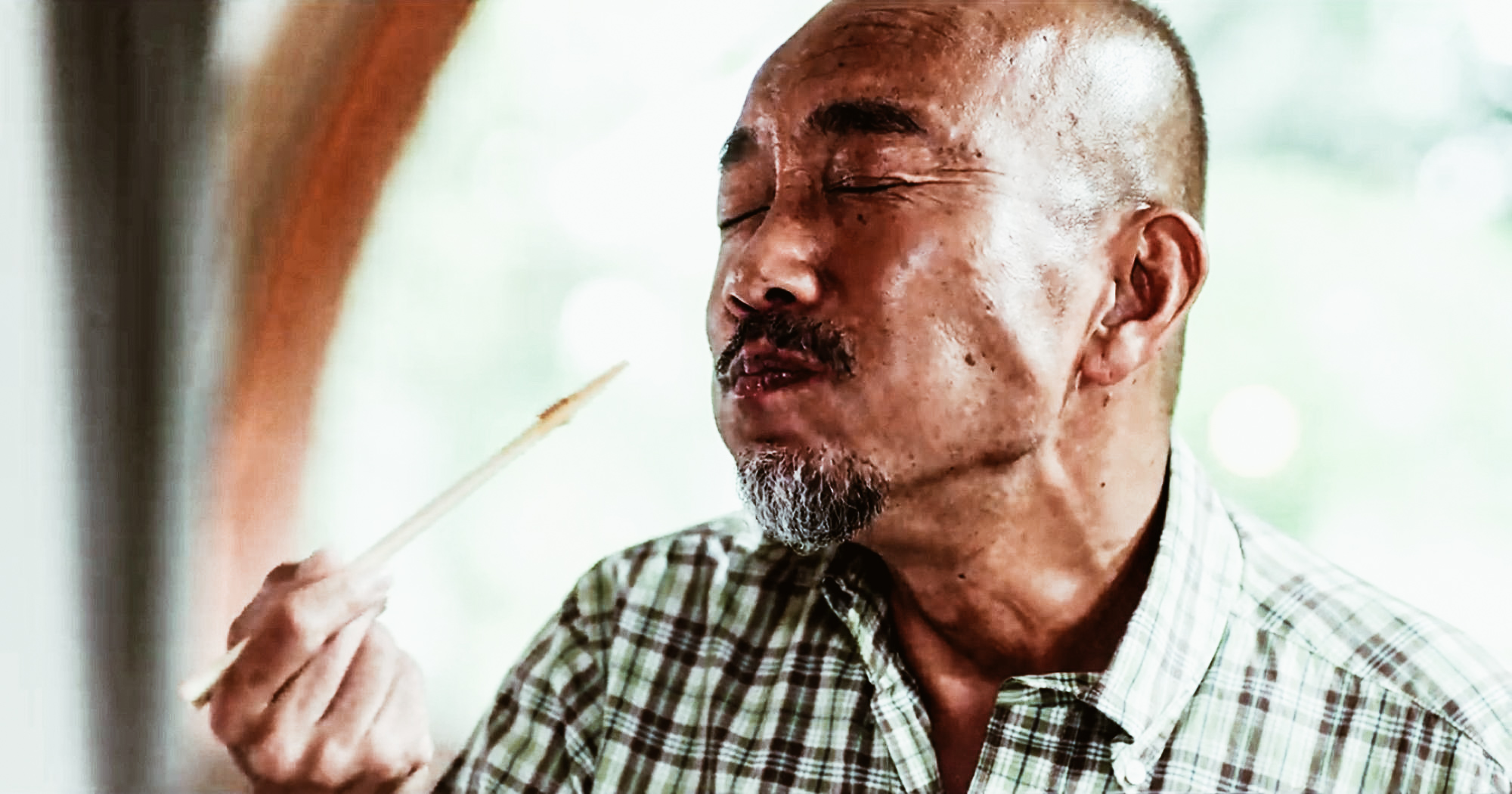
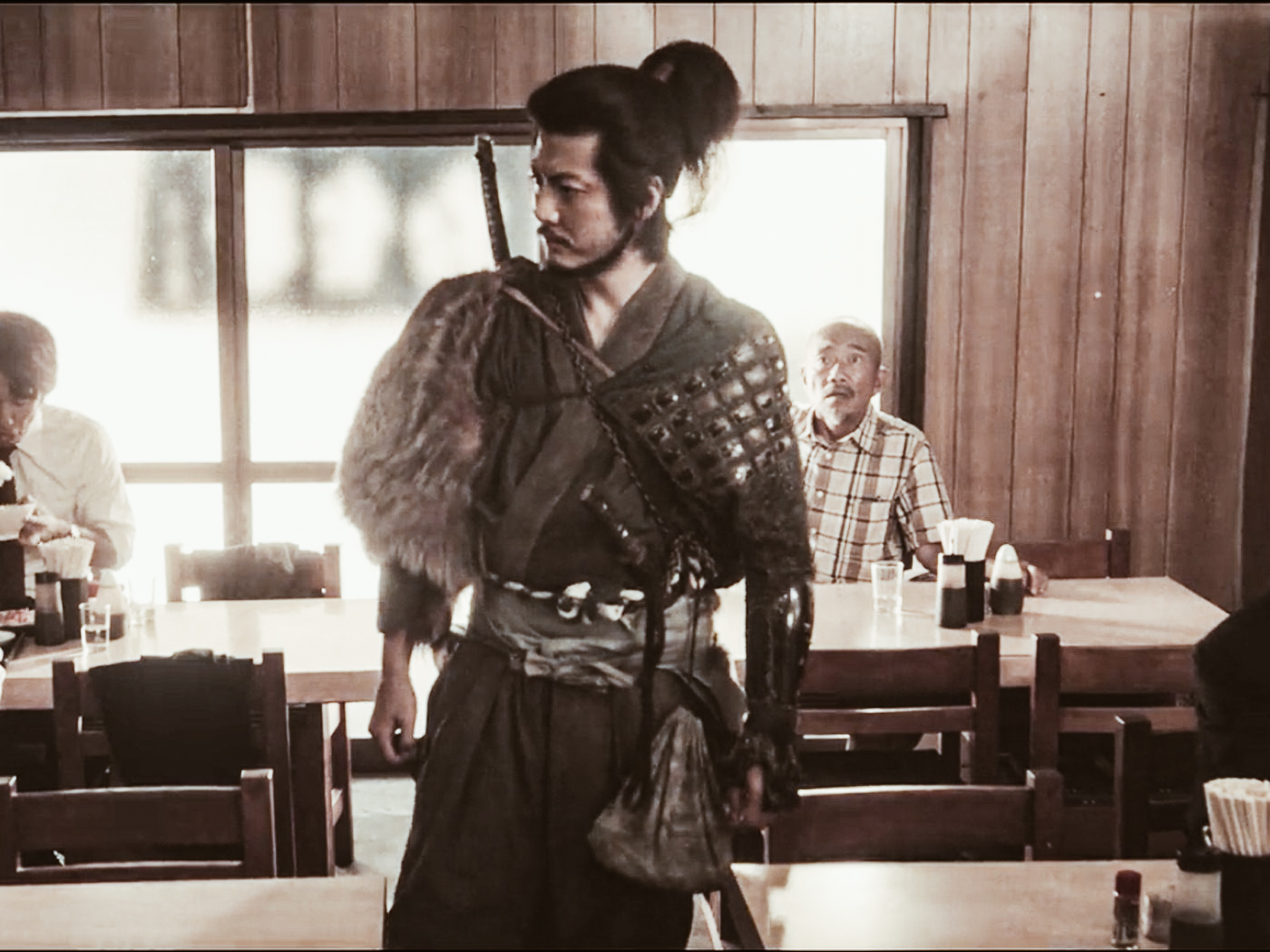
photo credits: esquire.com, eater.com
After a year of being a salaryman, Takeshi Kasumi struggles to find a new routine for himself. While his wife carries on with her usual daily activities, Kasumi goes out looking for a bite to eat. While around he discovers his inner samurai who encourages him to live each day to the fullest. Living also each meal to the fullest will help him, and us, enjoy the food the way it’s meant to be.
Samurai Gourmet is a series that not only will help you rediscover the beauty of each meal but also take you to the streets letting you explore yourself and a new city.
Queer Eye: We’re in Japan!


photo credits: netflix.com, wonderlandmagazine.com
A reality rebooted in 2018 and ready to release its 5th season. The show had overwhelming success and caught the attention of a man with its inspiring message of self-worth.
Five experts take on Japan for the first time and help some locals to rediscover themselves by sharing their flair and skills. With Naomi Watanabe and Kiko Mizuhara the group set out to transform lives together. This long-awaited mini-series filmed in Japan is and highlights some of the most exciting cultural aspects together with some emotional moments.
Atelier

photo credits: netflix.com
If you liked “The Devil Wears Prada” this is the show for you. Wide-eyed newcomer Mayuko Tokiya starts working for a lingerie design house in Ginza, the Tokyo fashion district. Even if she’s at her first job, Mayuko is determined to find her feet under the scrutiny of the company and its founder, sort of a Japanese Anna Wintour.
This one-season long series will take you on an eventful journey where Mayuko paves her way in a fast-moving fashion house and city.
Million Yen Women
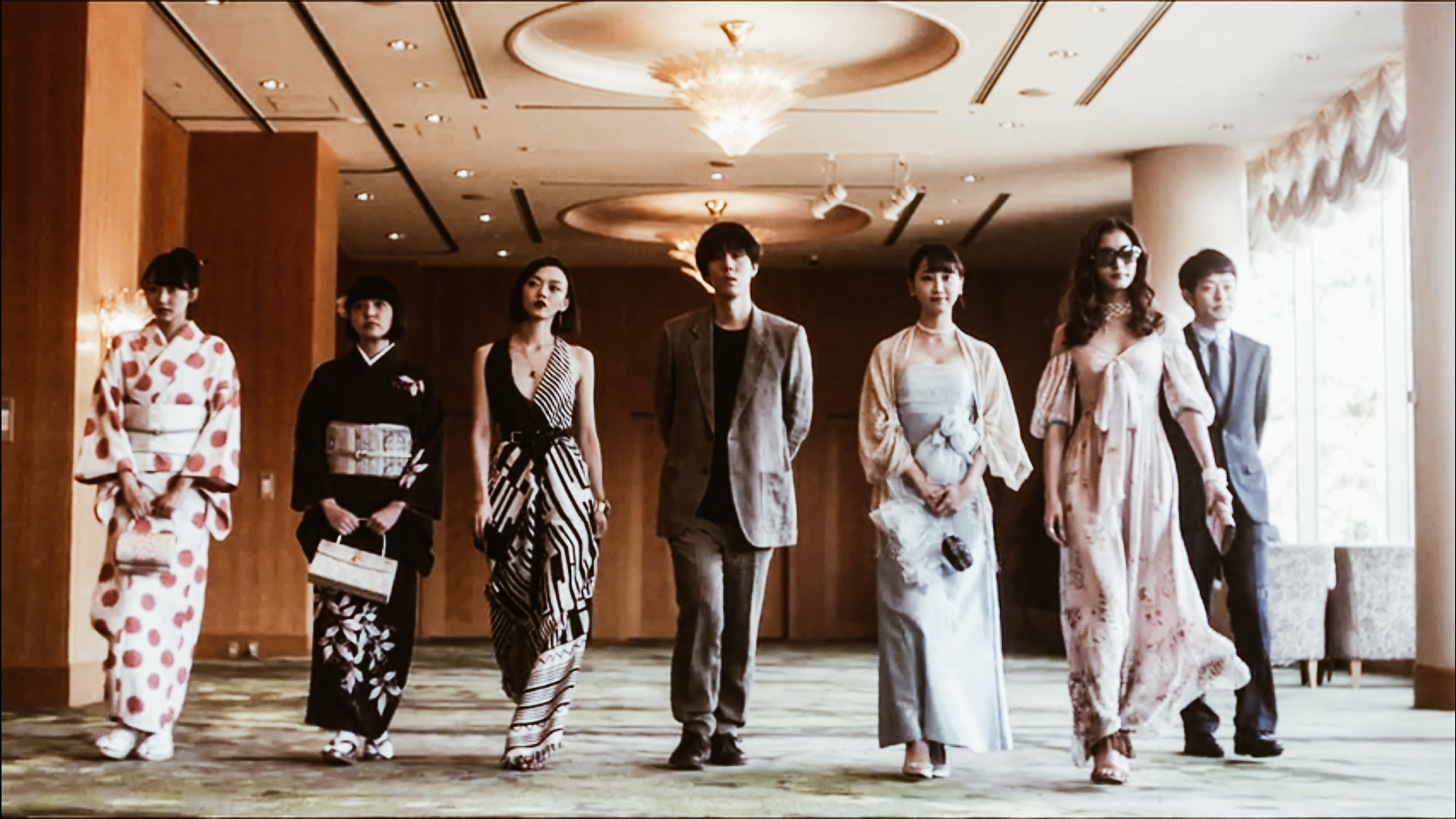
photo credits: wikipedia.org
Adapted from the homonymous manga by Shunju Aono, five women appear at the house of a struggling novelist, Shin Michima. By paying him a monthly sum of a million yen, they ask for rent and living expenses in exchange. However, Michima doesn’t know why these women are here and they won’t let him ask any questions. While this could seem like a story from a manga for young men, each woman has actually her own personality. Their refusal of giving out any information creates an interesting dynamic that will amaze you and make you watch all the episodes in one go.
Switched
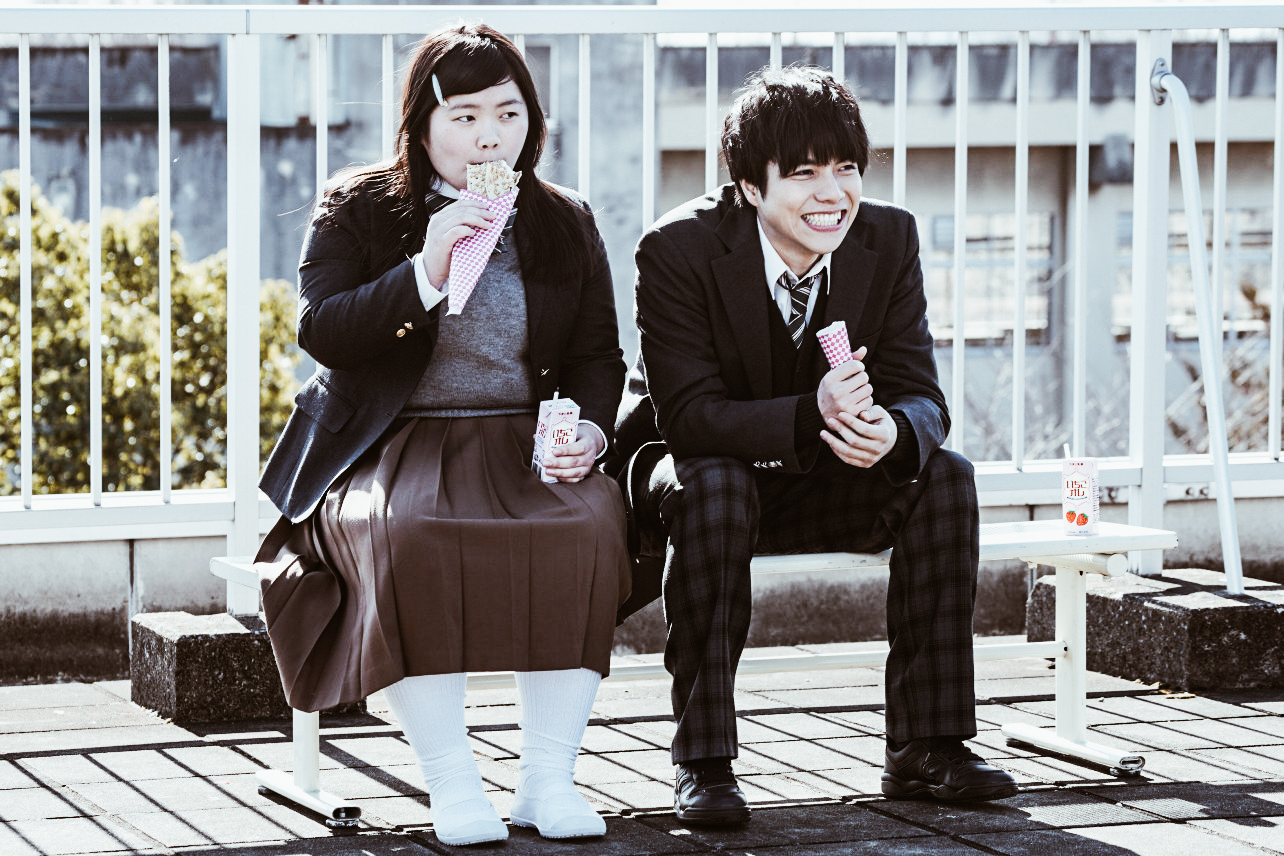
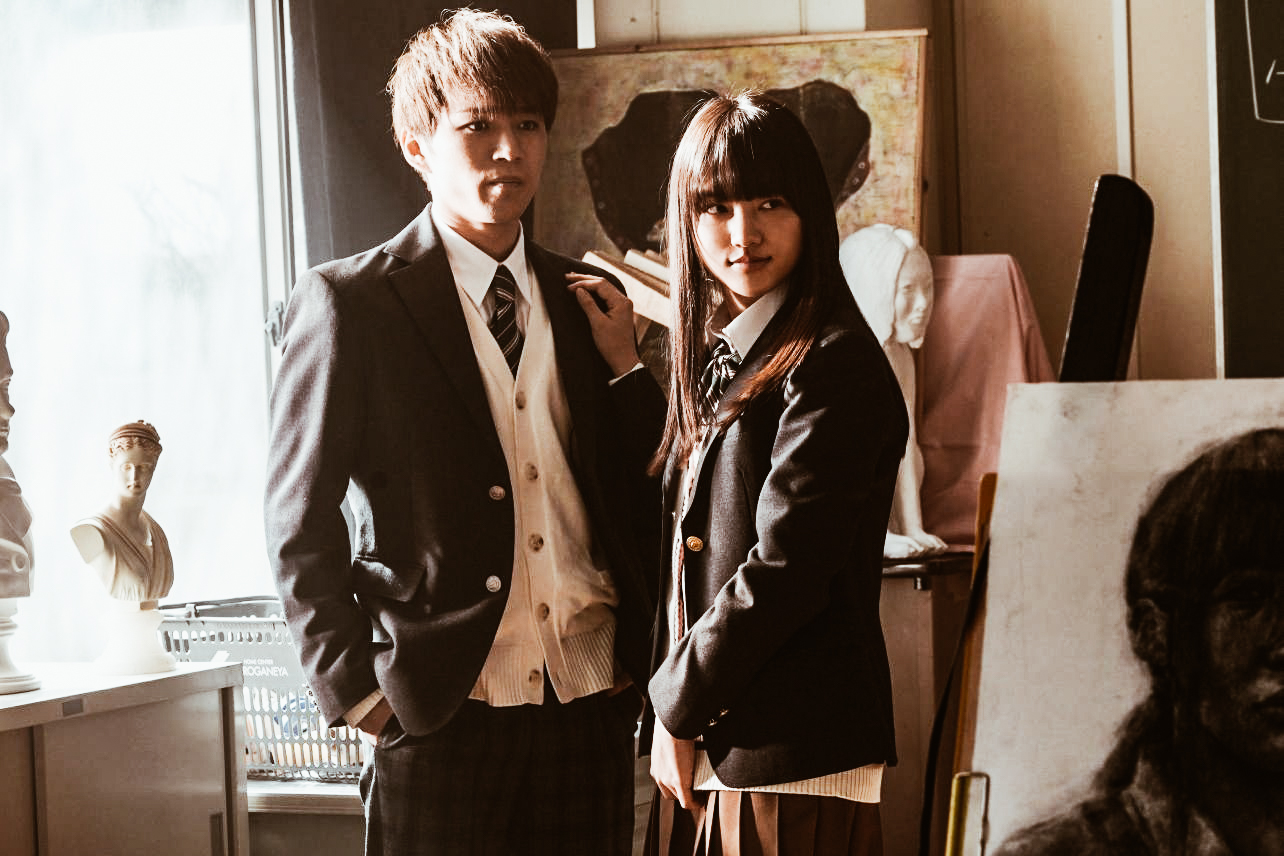
photo credits: techprincess.it, decider.com
When in high-school, have you ever dreamed of switching places with the most popular girl in your school? This drama series tells the story of a depressed student Zenko Umine who commits suicide while a fellow student Ayumi sees her falling from the rooftop. After passing out, Ayumi wakes up and finds herself in Umine’s body, while Umine is in Ayumi’s. With many twists and turns, we get a closer look at how the high-school students are under pressure from today’s society.
Good Morning Call

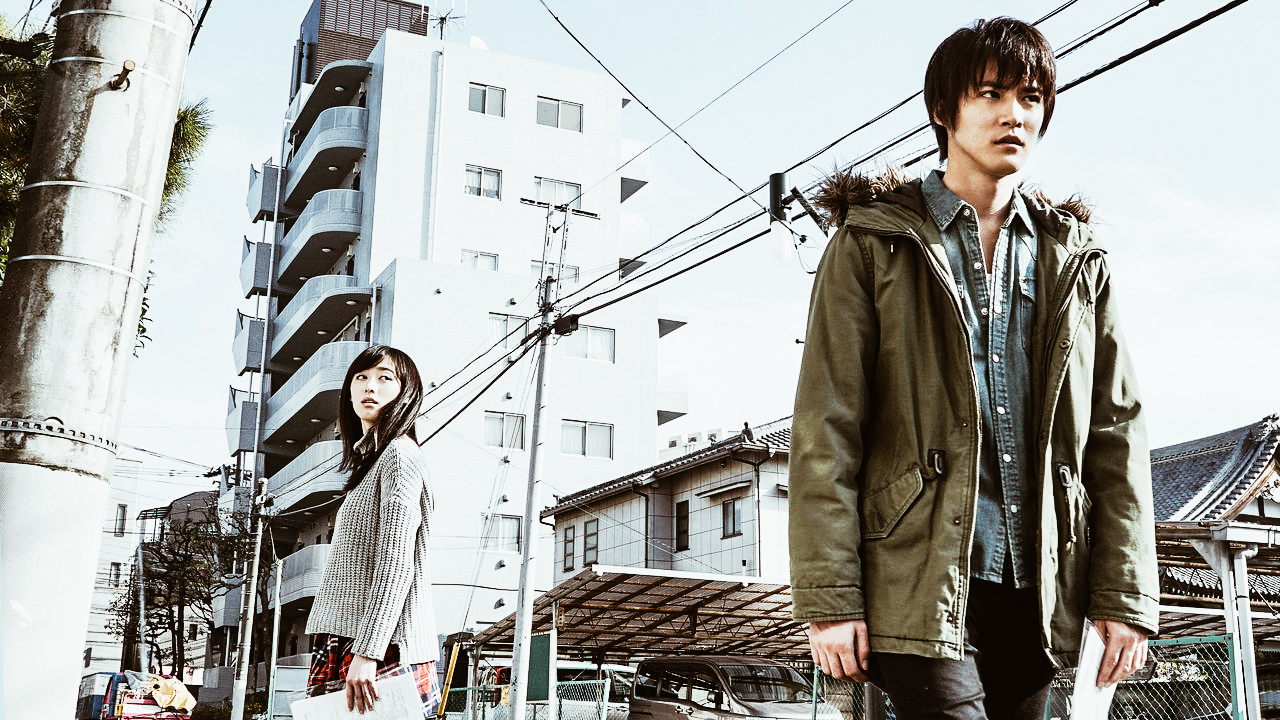
photo credits: netflix.com, geekinsider.com
Among the most successful shows on Netflix, the two-season romantic comedy-drama series is a live-action television adaptation of the homonymous manga by Yue Takasuka. Co-produced by Fuji TV and Netflix, the story is set in Tokyo and follows the relationship between teenager Nao Yoshikawa and Hisashi Uehara. When moving to her new 2 bedroom apartment, Nao discovers that the coolest and most popular guy in school is also moving in. Realizing they have been scammed into renting the same apartment, they agree to become roommates in secret so to be able to make the rental payment. While following their adventures, you’ll find yourselves rooting for this couple and being amazed by how much relationships can be difficult at any age.
Followers
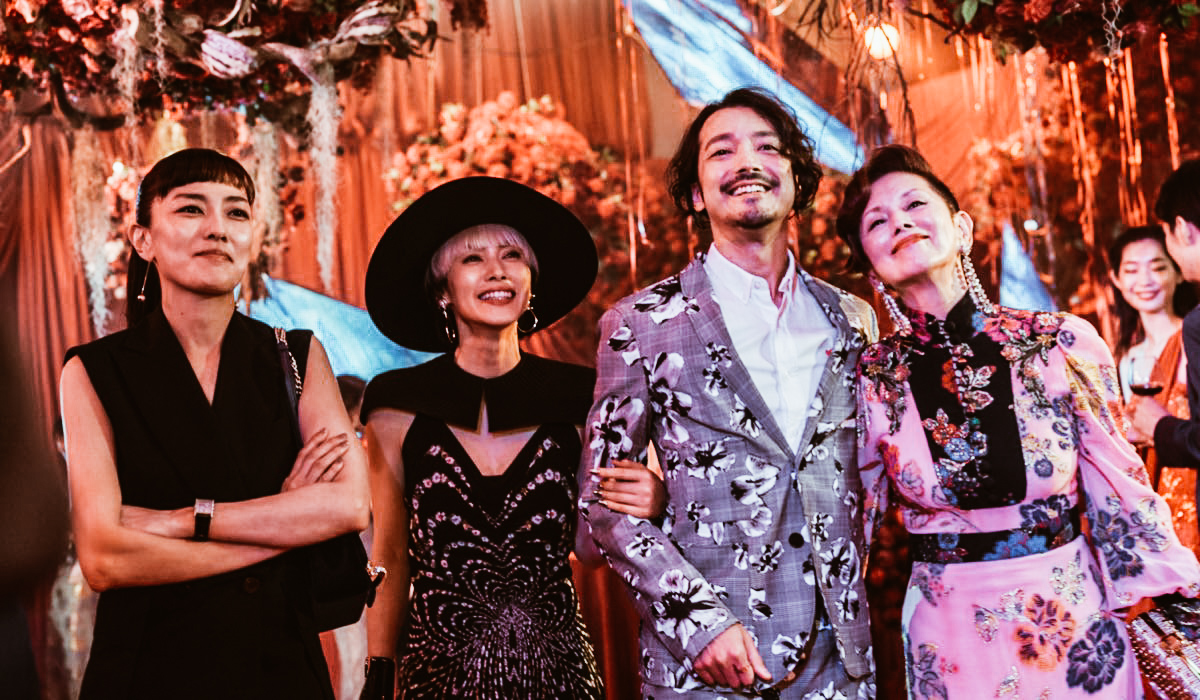
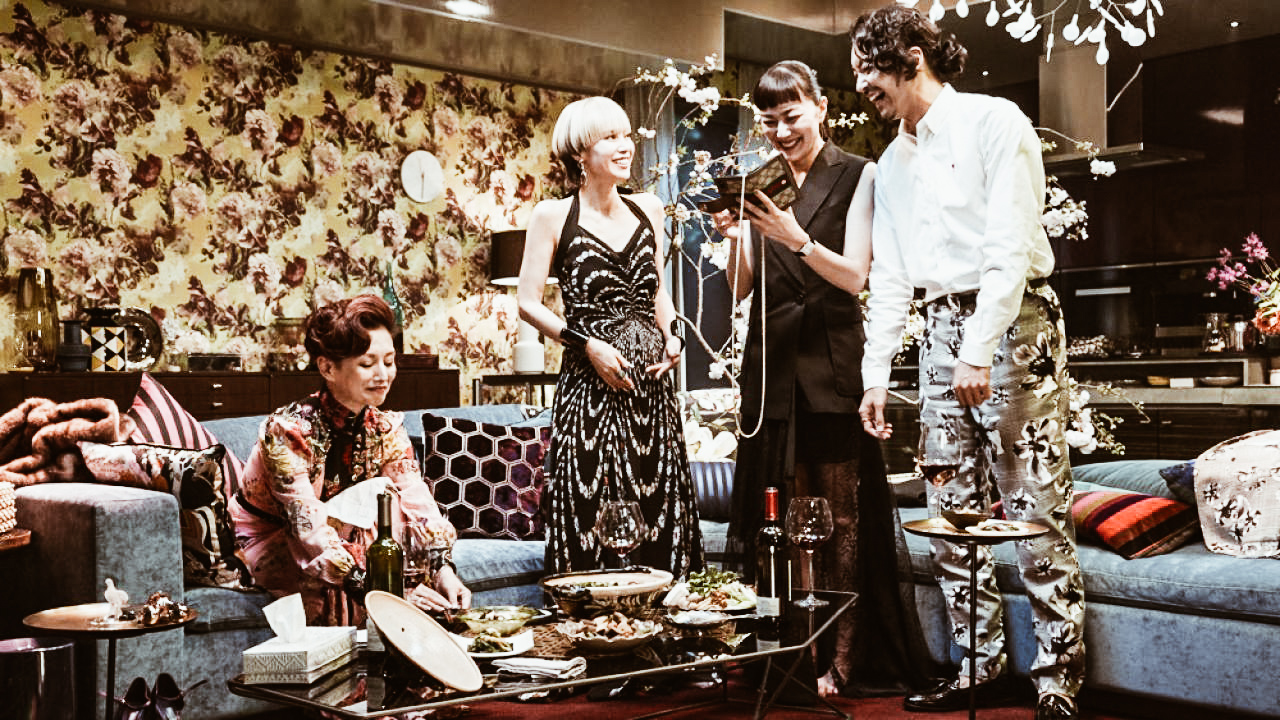
photo credits: tvserial.it, everyeye.it
Premiered on Netflix on February 27 2020, the series revolves around the city of blinding lights, Tokyo. With its life, colours, fashion and ambition, the city is a background for the story of Limi Nara, a famous and successful fashion photographer. She advanced her career with photographs of modern Tokyo, capturing the changes in the city and the people that live in it. Leading a confident and independent life both privately and professionally, she’s in contrast with the young struggling actress Natsume Hyakuta. Having problems in both her professional and personal life, Hyakuta is in search of self-confidence and her own identity. All of this changes when one day Limi publishes a photograph of Natsume on Instagram. From this moment on, the life of the young actress and the ones around her changes completely while these two women try to find their own way to happiness and love.
Ajin
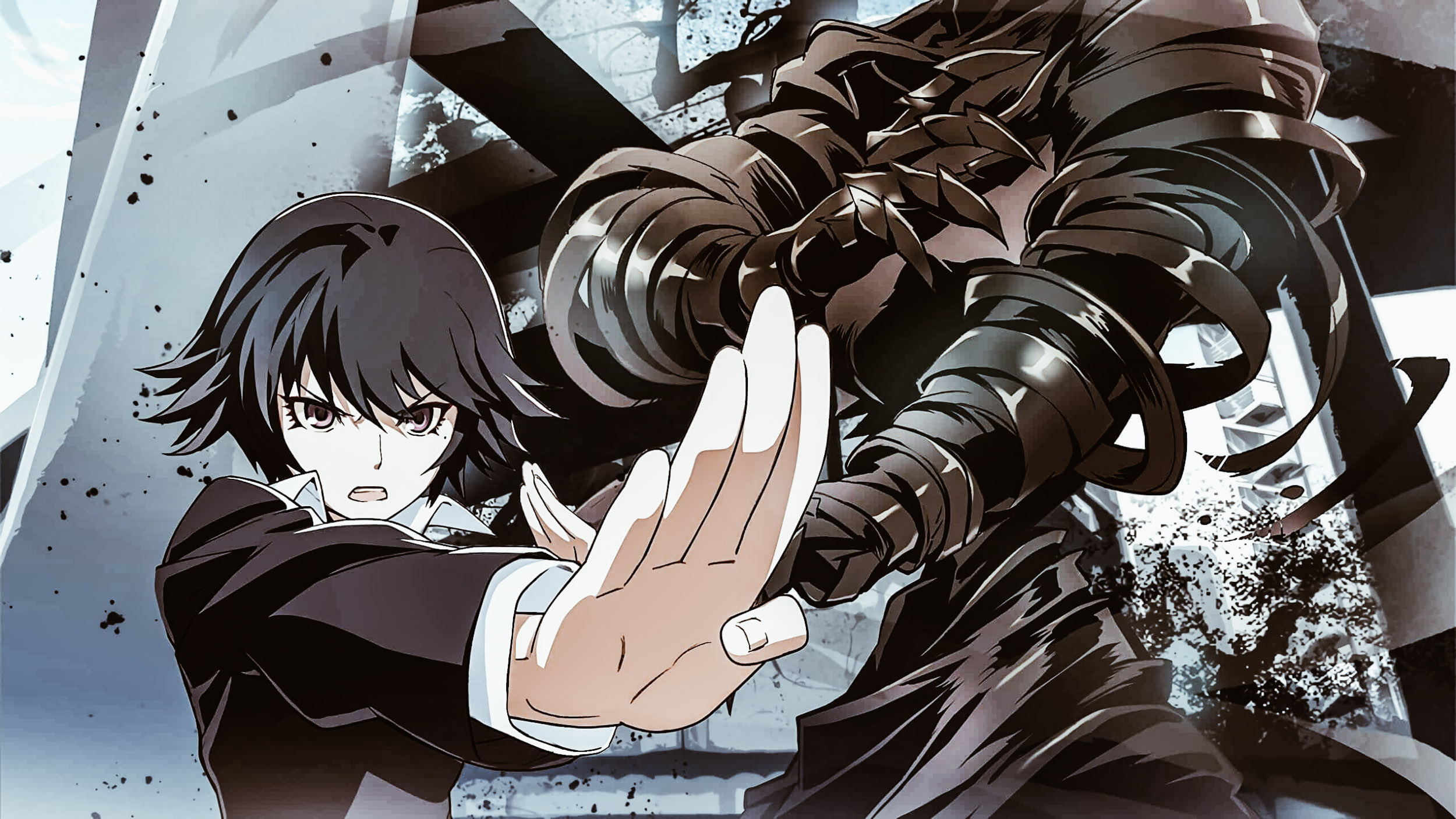
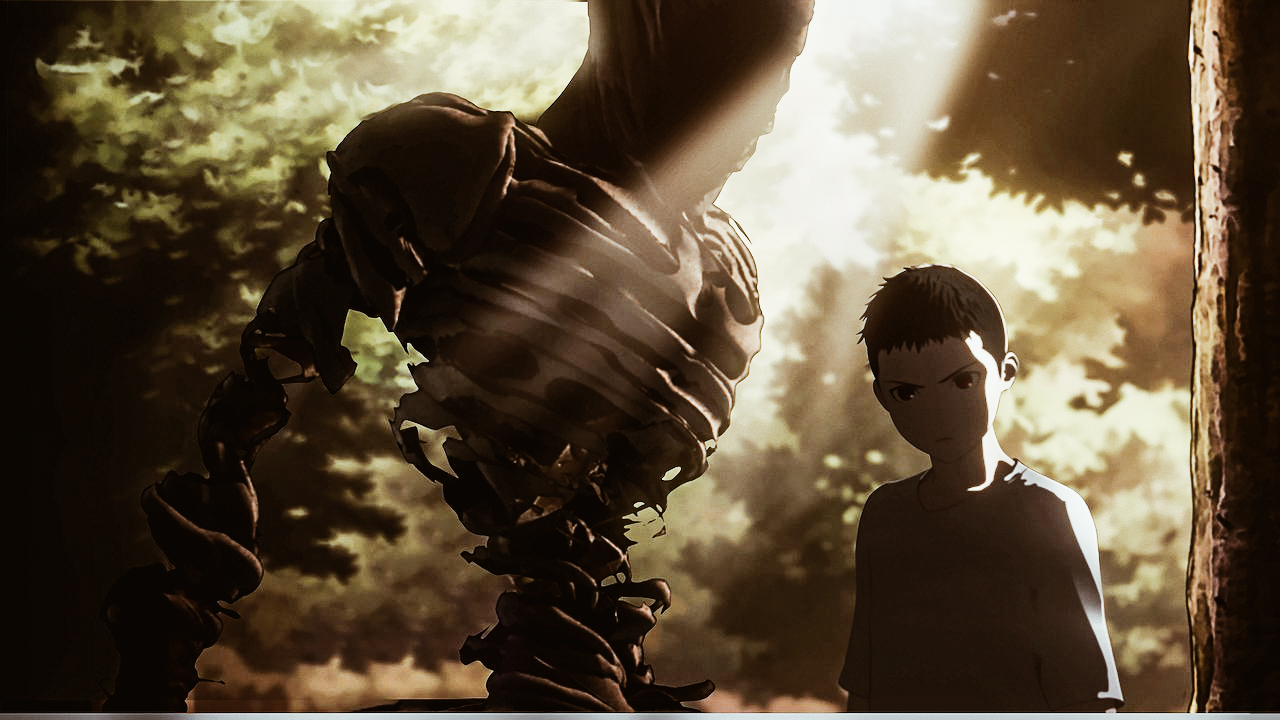
photo credits: netflix.com,pinterest.it
Kei Nagai, a student who discovers he’s an Ajin, a demi-human when he’s fatally wounded in a traffic accident. In this world, a small number of humans possesses extreme regenerative abilities that are triggered upon death or mortal injuries. This allows them to completely recover from their wounds in a matter of seconds, even the most extreme ones. Together with this, Ajin can create “black ghosts”, highly dangerous combat-oriented entities that are invisible to normal humans. These ghosts are resistant to any physical injuries, have extraordinary physical strength, razor-sharp teeth and claws. Black ghosts have their own level of intelligence and for example, most of them are completely reliant on their Ajin for directions, others are more independent.
Obviously, Ajin are considered dangerous and inhuman by the people and most are captured by governments. The nations came to protect Ajin but in reality, they use them as subjects for cruel experiments to exploit their healing abilities. As a result to this, two factions are created and some Ajin escaped from the laboratories are looking for revenge. Tune in to this sci-fi anime series and discover how the story unfolds.
These are just some of our favourite shows currently available on Netflix. Join the conversation on our Facebook page and tell us which one is your favourite!








